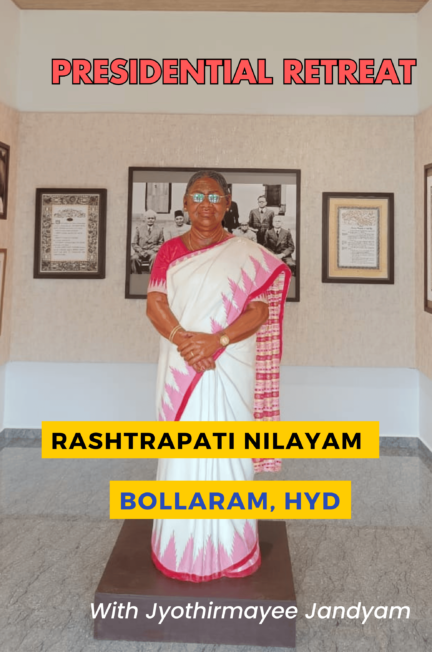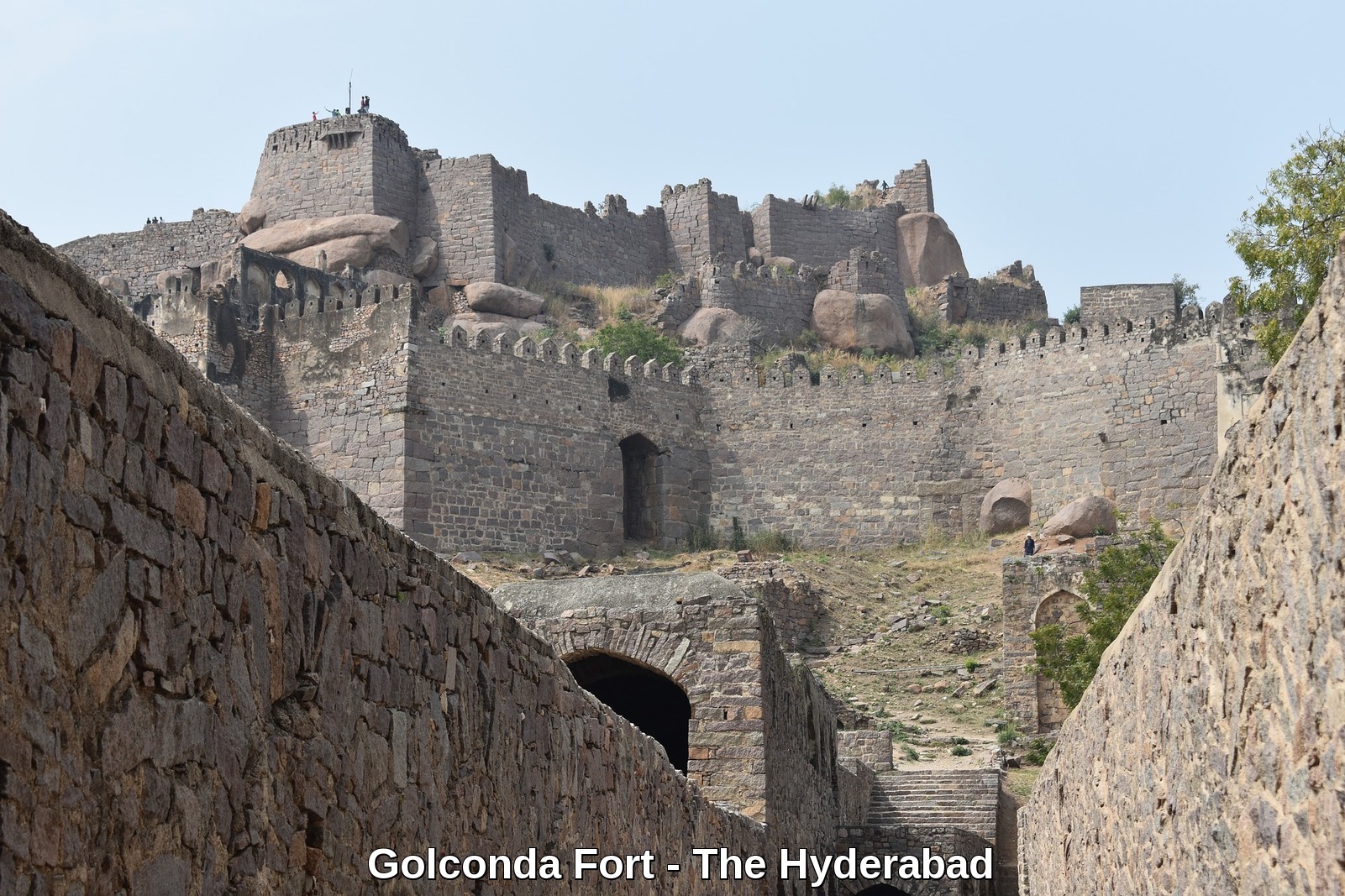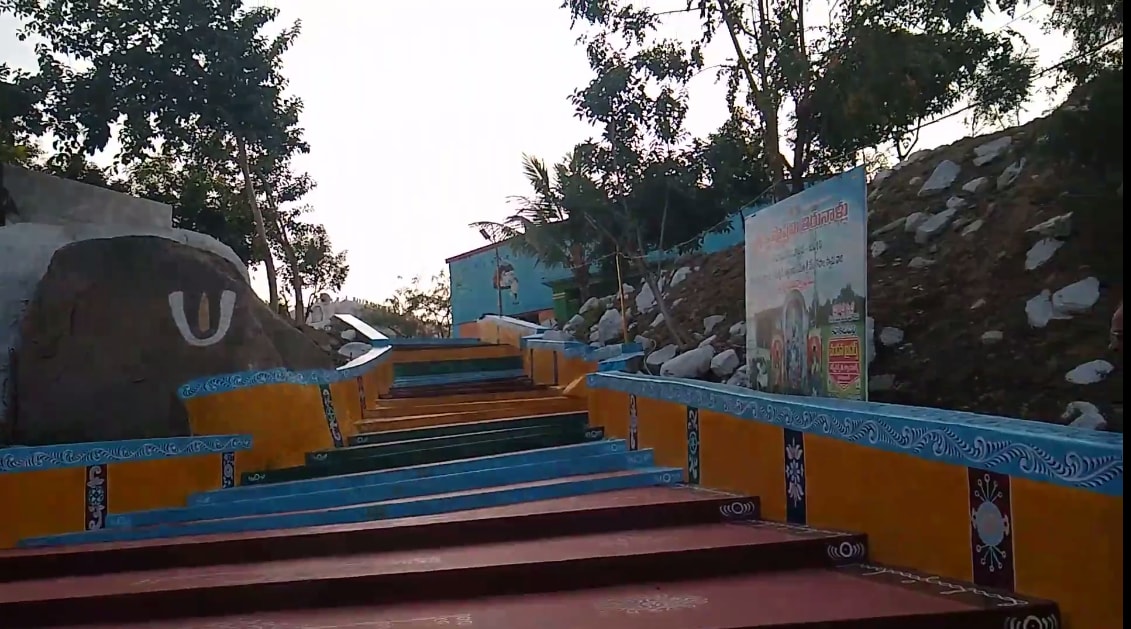Introduction
Rashtrapati Nilayam Bollaram, a Unique Cultural Experience, a hidden gem nestled in the heart of Hyderabad, offers a captivating journey into the rich history and culture of India. In this article, we will take you on a virtual tour of this remarkable place, providing you with essential information and insights on why visiting it is an experience you shouldn’t miss.
In this article we will cover
- Introduction
- History
- Art Gallery Building
- Main Building
- Kitchen Tunnel
- Herbal Garden
- Rock Garden
- Nakshatra Garden
- Upcoming attractions
- Few suggestions
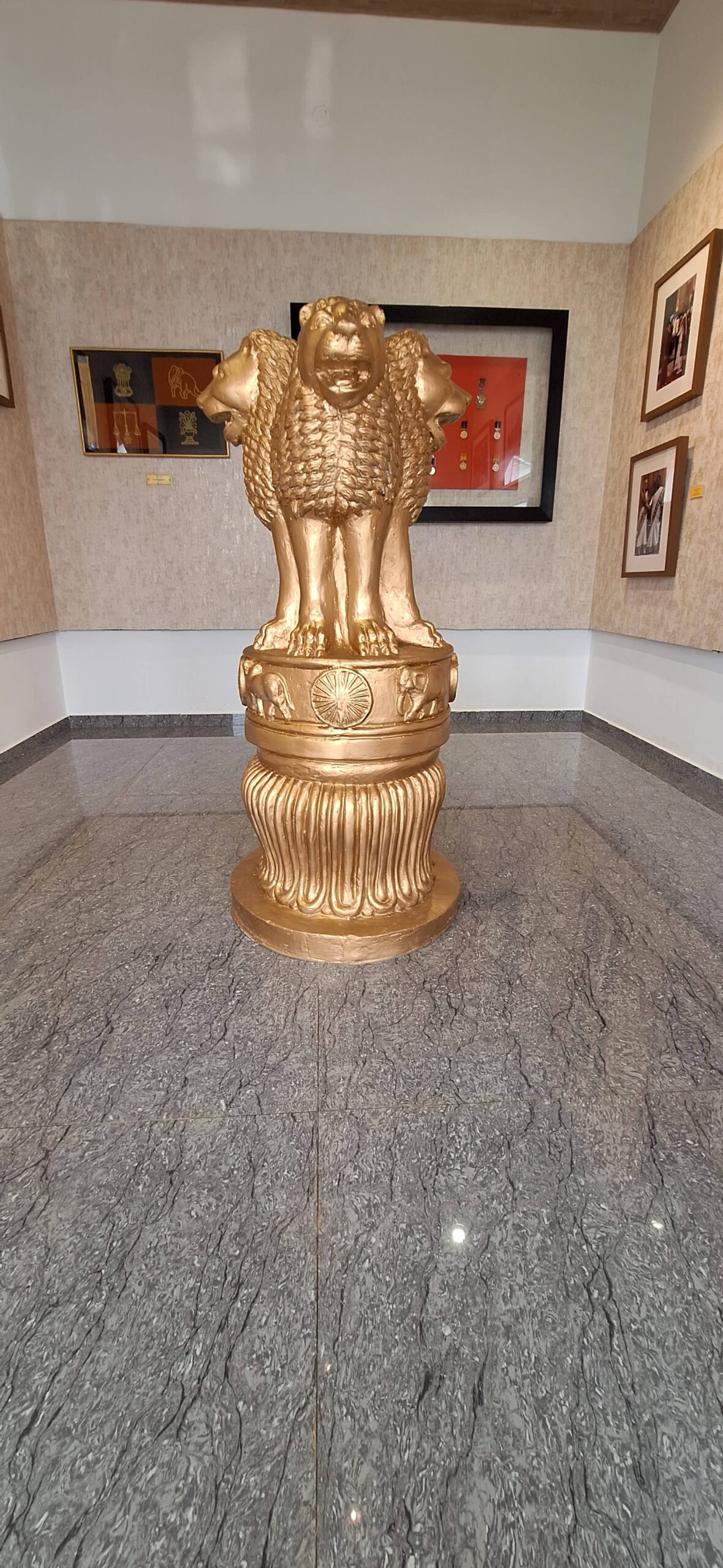
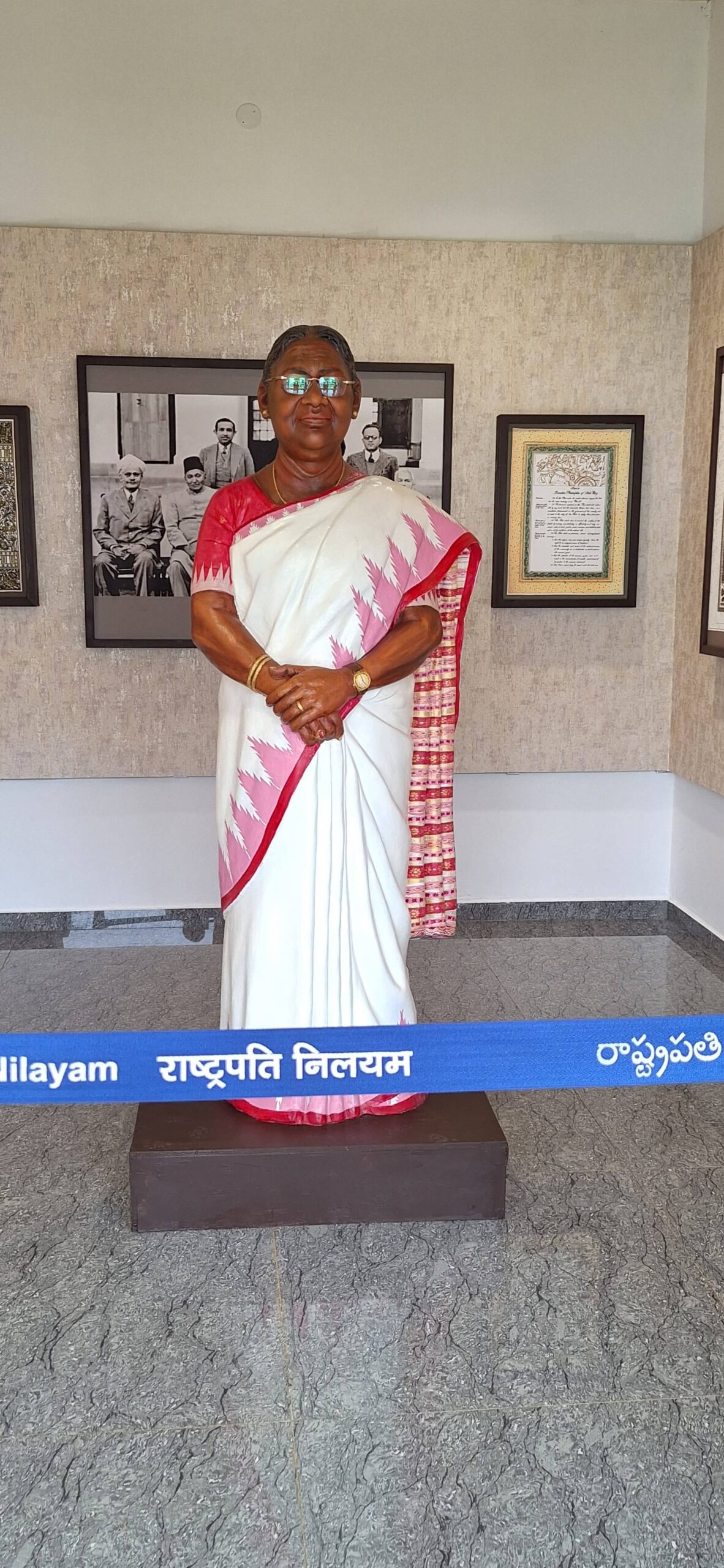
Unveiling the Historical Treasure – Rashtrapati Nilayam
A Presidential Abode
Rashtrapati Nilayam, also known as the Presidential Retreat, is a prestigious residence used by the President of India for their southern sojourn. It boasts a glorious history dating back to the Nizam era.
The Cost of Admission
For just Rs. 50 per head, you can gain access to this historical marvel. This nominal fee ensures that the beauty and heritage of Rashtrapati Nilayam are accessible to all.
Booking Your Visit
Online Convenience
To make your visit hassle-free, you can book your tickets online through the official website. This allows you to secure your spot in advance and avoid long queues at the entrance.
On-Site Ticket Purchase – https://visit.rashtrapatibhavan.gov.in/visit/rashtrapati-nilayam-hyderabad/p2
If you’re feeling spontaneous, you can also buy tickets directly from the entrance gate. However, be prepared for potential wait times during peak hours.
The Three Magnificent Buildings
This tour consists of 3 buildings,
Art Gallery building, Main Building and Kitchen Tunnel and 3 more gardens
The Art Gallery
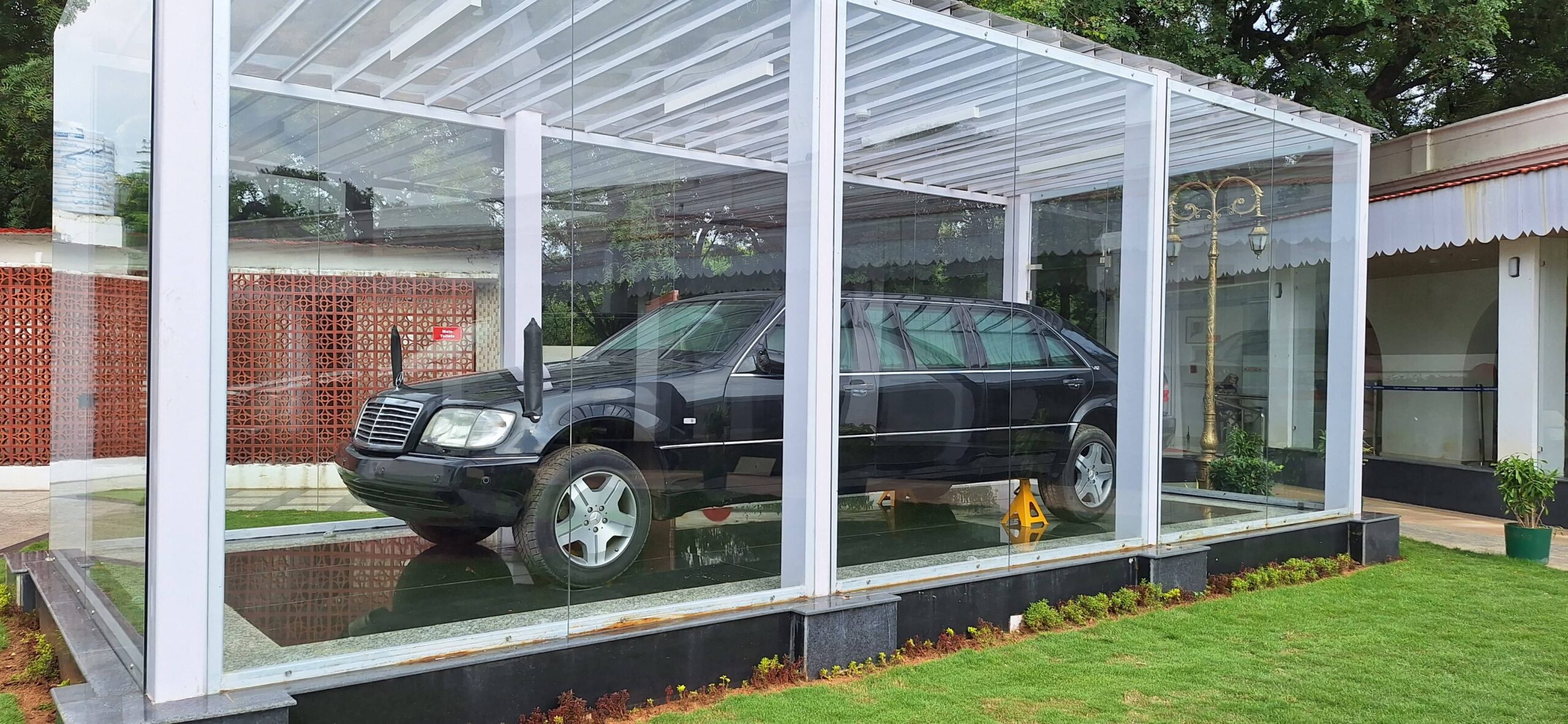
One of the highlights of Rashtrapati Nilayam is the art gallery. Here, you can immerse yourself in the artistic heritage of India and Hyderabad.
When you enter this building, You can get a guide who can explain the history of this building
We met the tour guide Mr. Veera, and he was a very polite and knowledgeable person.
He explained the following points, and I really don’t know them till now.
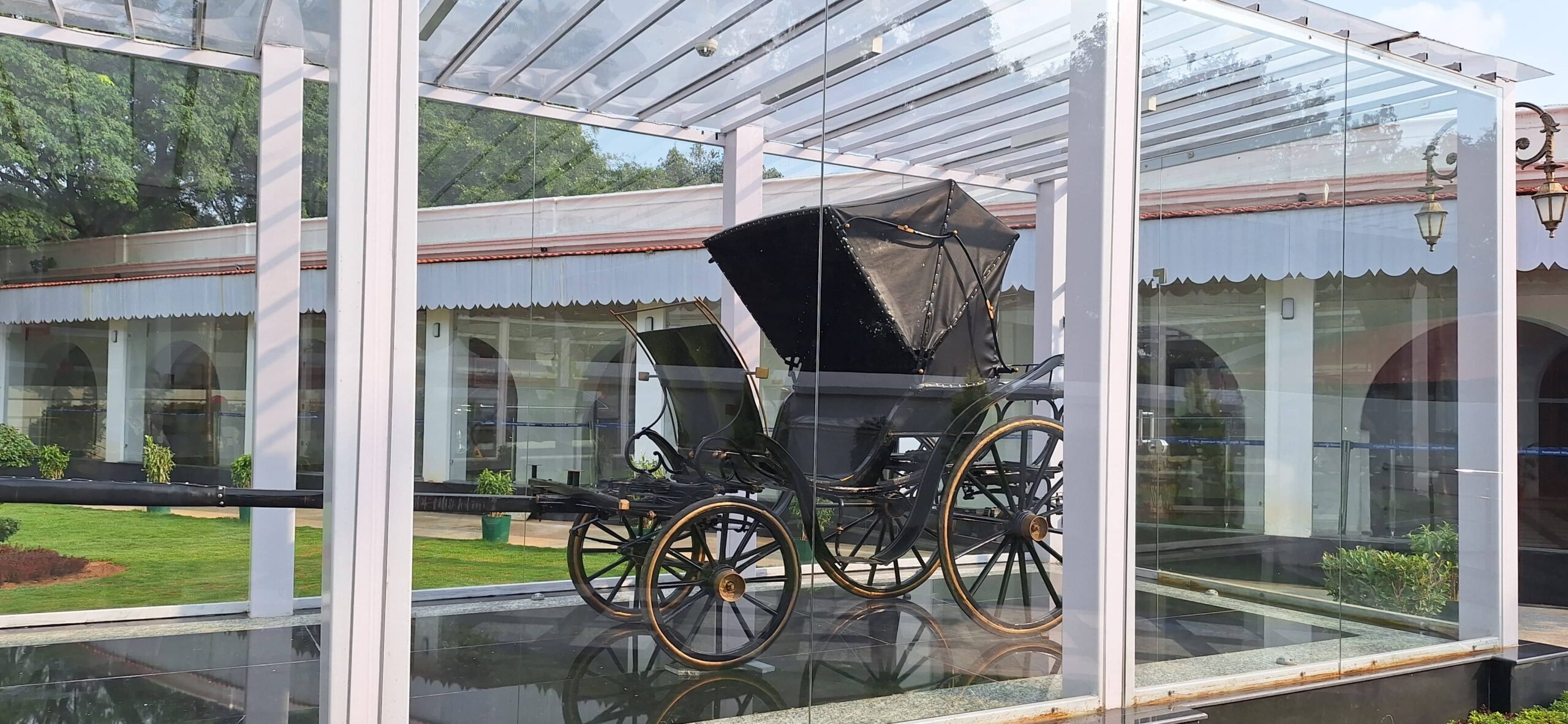
- About “who wrote the Indian constitution”
We all think it’s Dr BR Ambedkar. But we are wrong. Along with Dr. BR Ambedkar, there are 7 more members, who wrote this. They elected Dr. BR Ambedkar sir as the chairman of its drafting committee. But written by all the committee members.
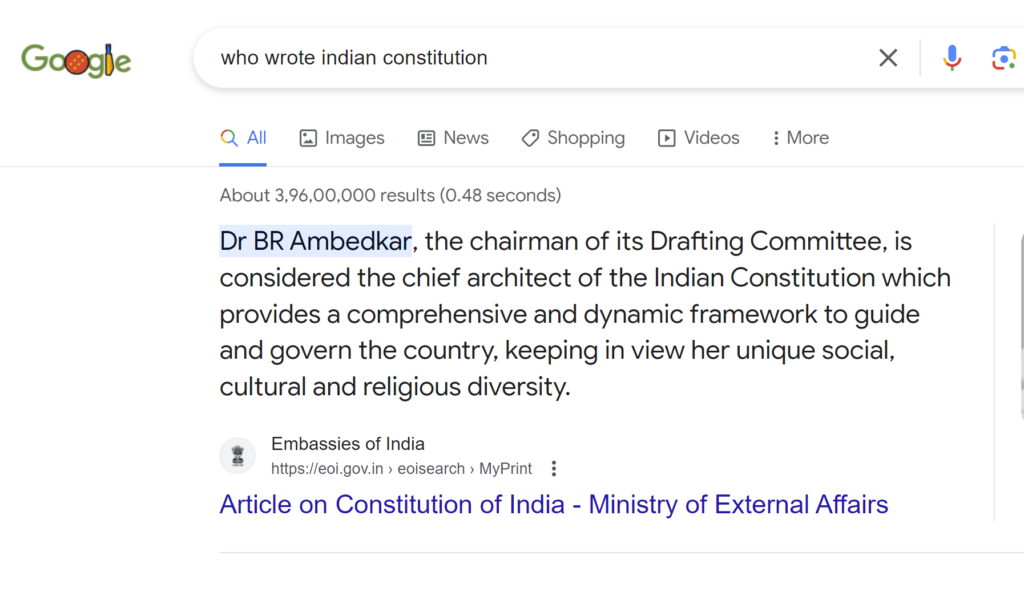
Even Google also gives the wrong answer. 😊
But the following members together wrote our Indian Constitution:
- Alladi Krishnaswami Ayyar,
- N. Gopalaswami.
- B.R. Ambedkar (Chairman of the drafting committee)
- K.M Munshi.
- Mohammad Saadulla.
- B.L. Mitter.
- D.P. Khaitan.
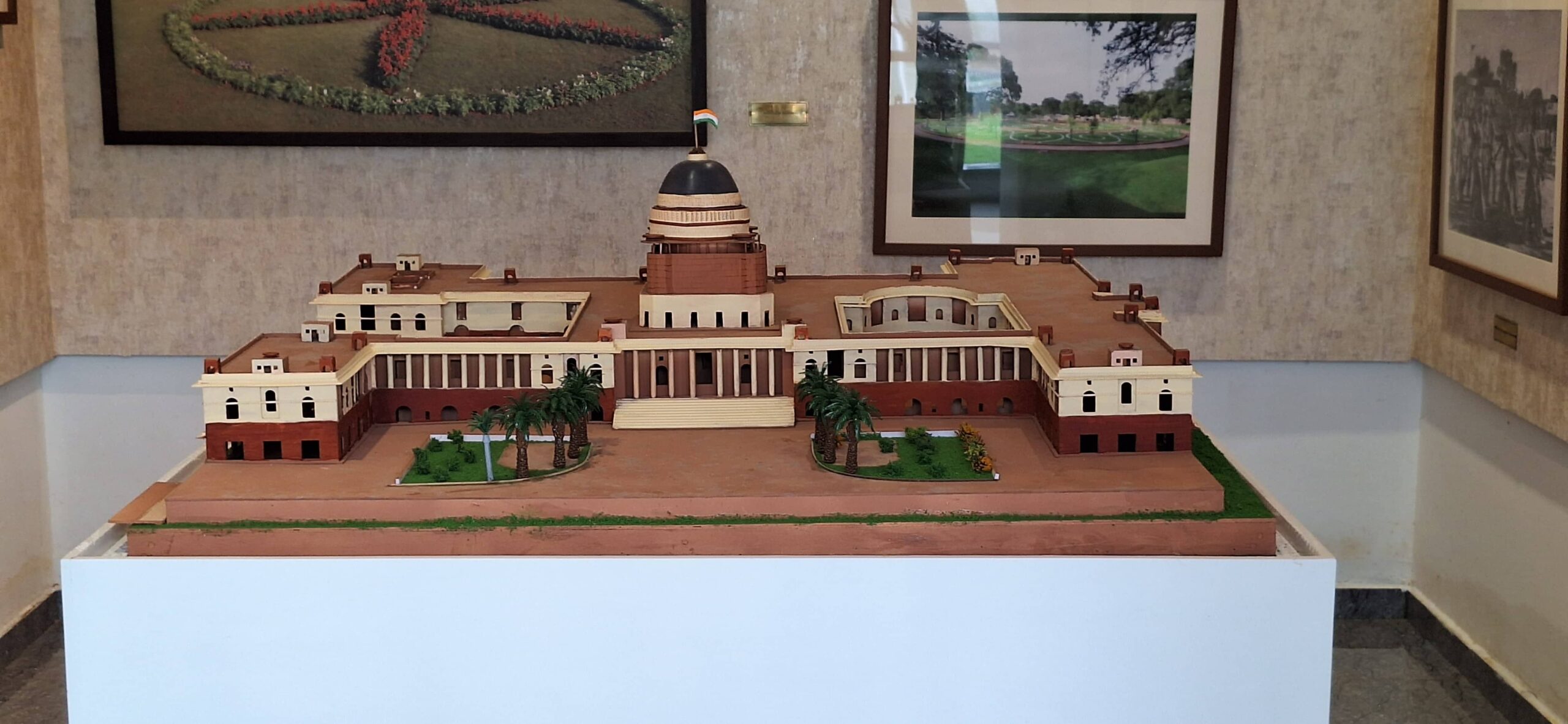
- We all know when India got independence. But how many of us know about Hyderabad?
At 5 p.m. on September 17, Nizam’s army surrendered.. Listen to the story from the guide only
He told me many details like this, which I really didn’t know earlier.
The Main Building:
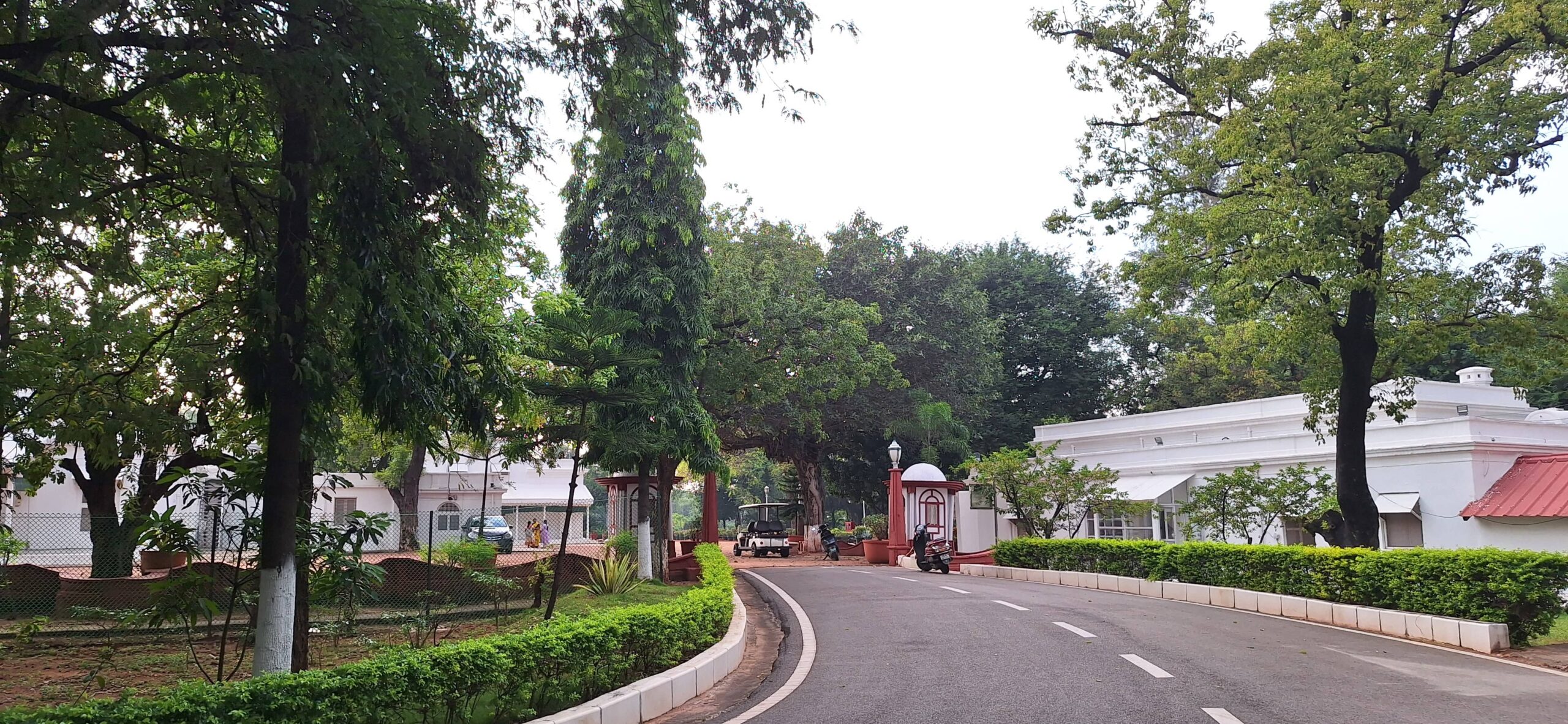
- Excellent technology roof
- Secret Kitchen Tunnel
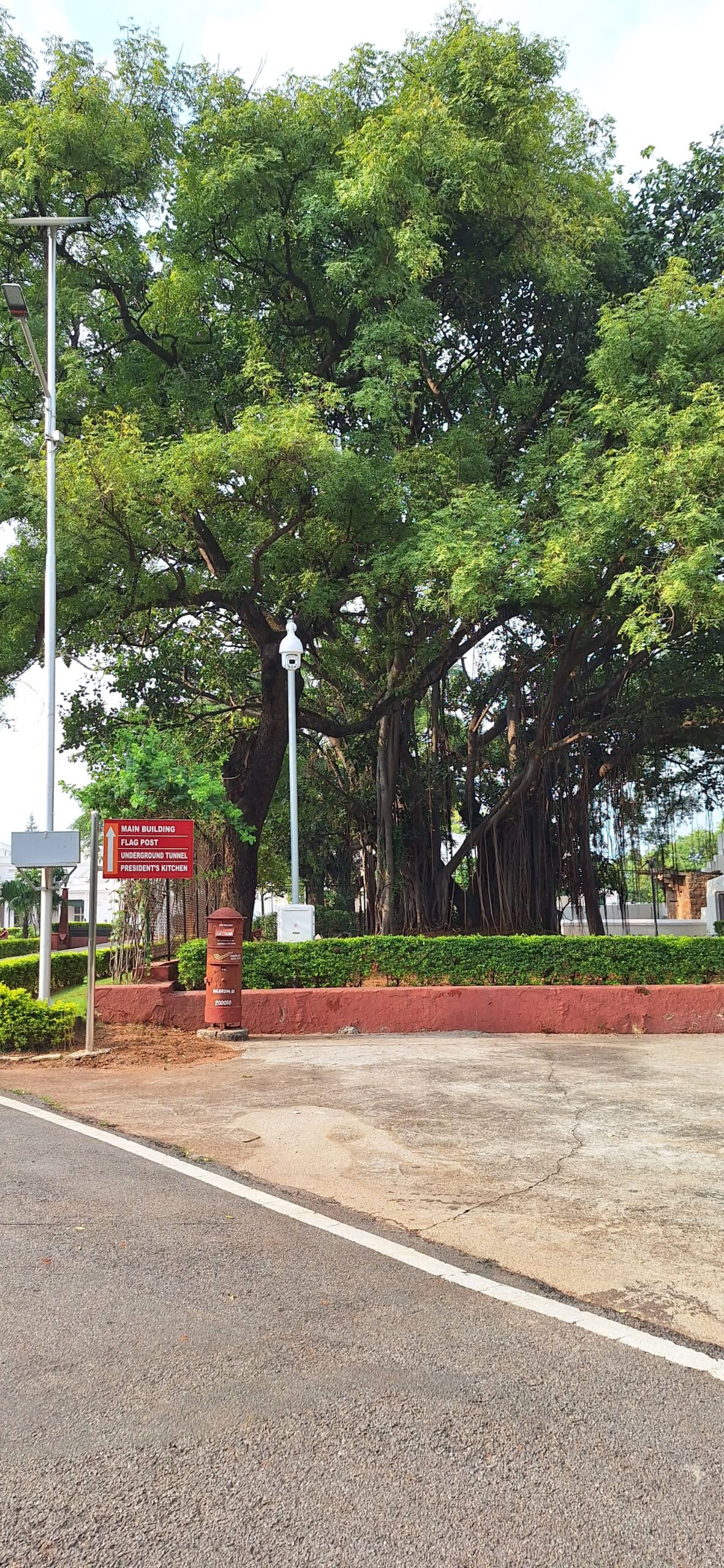
The main building of Rashtrapati Nilayam is a place of great historical and architectural significance. It serves as the official residence for the President of India during her visits to Hyderabad in December. During my recent visit, I was struck by the tight security in and around this magnificent structure. Notably, visitors were not allowed to carry their phones or even smartwatches inside, underlining the importance and sensitivity of the premises.
The Main Building is not just a simple residence; it is a complex structure with many rooms and features. Among these are the conference room and the dining room, both of which play pivotal roles in the President’s stay. The conference room likely hosts official meetings and discussions during her visit, while the dining room serves as the venue for important meals and gatherings.
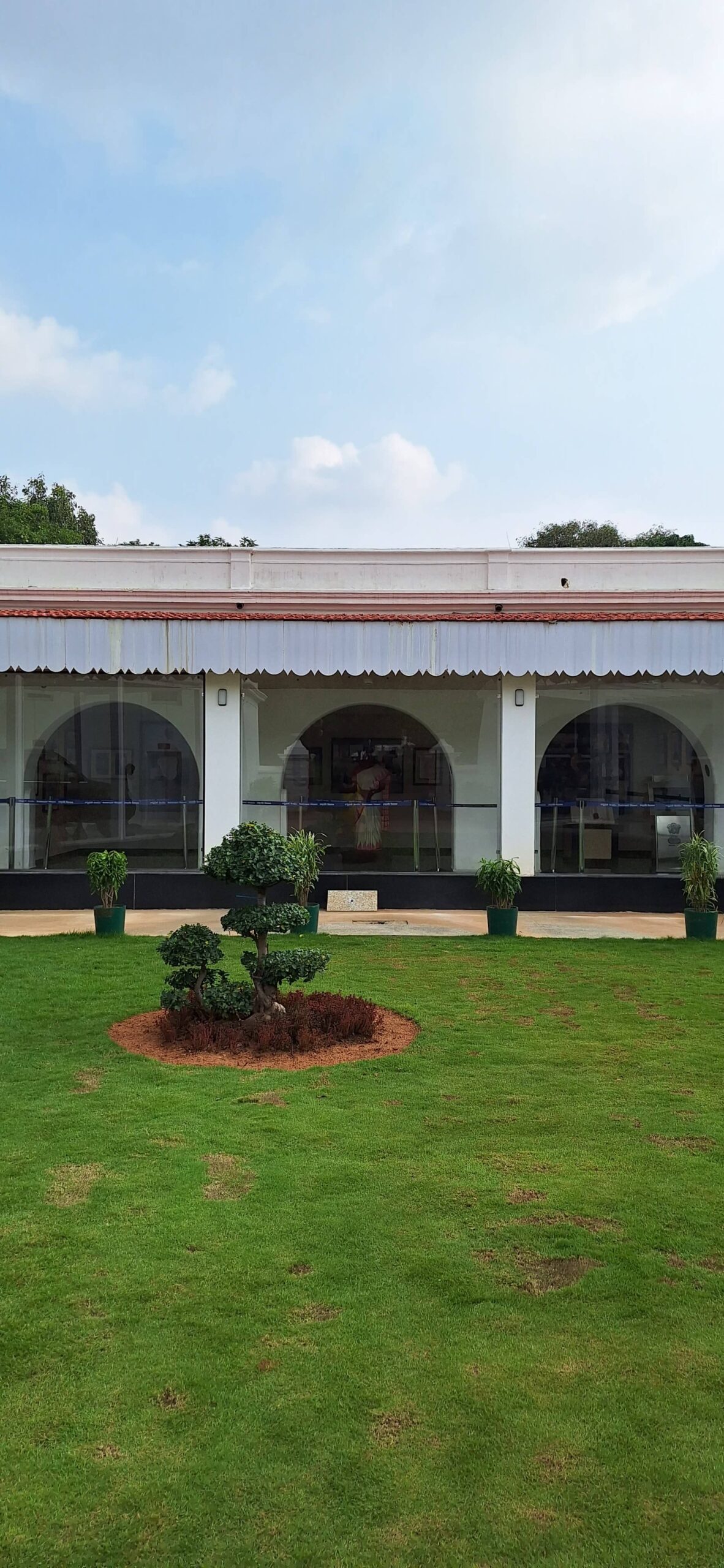
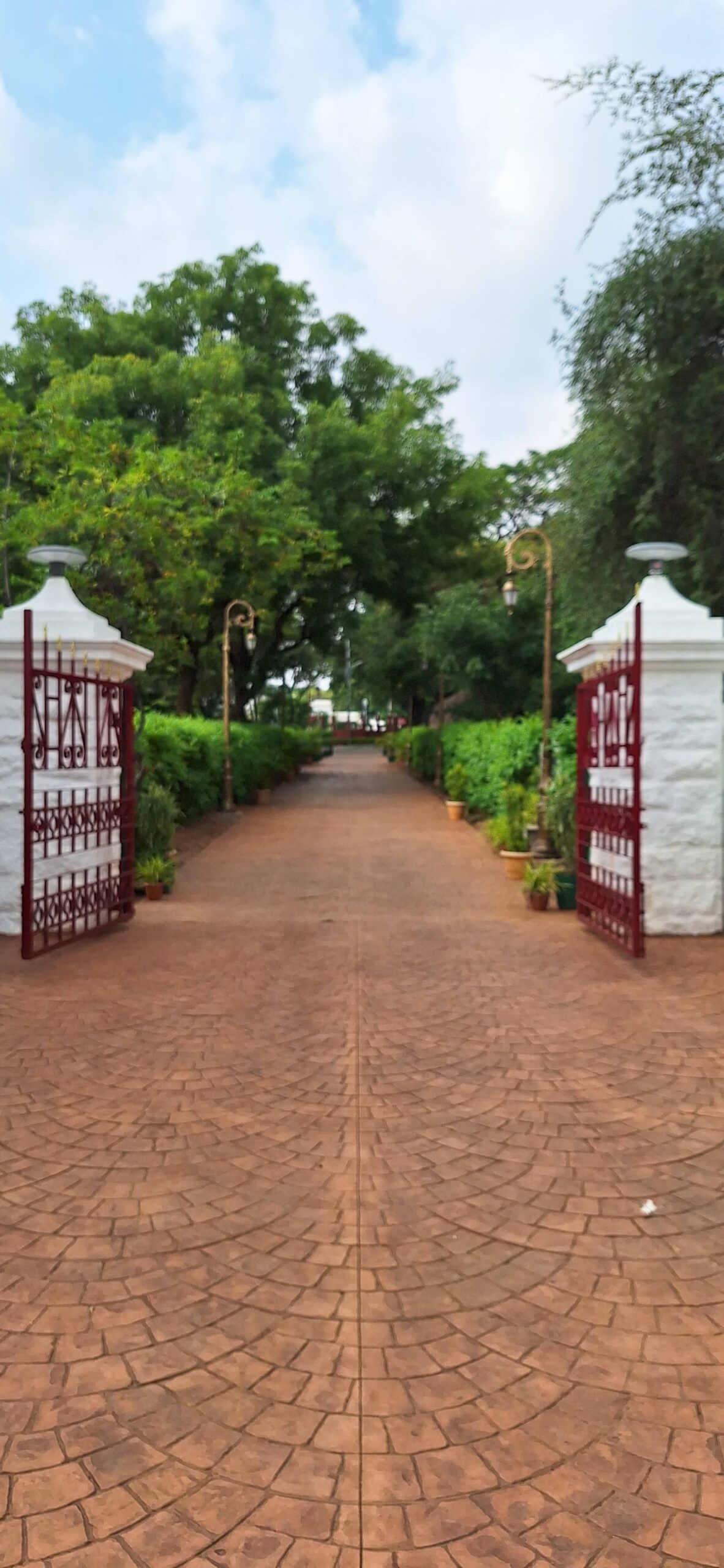
One of the most intriguing aspects of the Main Building is its architectural design. The rooms are constructed in a way that provides natural temperature control. During the scorching summers, the rooms remain cool and comfortable, while in the chilly winters, they stay warm and cosy. This clever design eliminates the need for air conditioning or heating systems, a remarkable feat considering the era in which the building was constructed. It’s a testament to the ingenuity of the architects of the time.
The Main Building of Rashtrapati Nilayam has a rich history, dating back to its construction from 1850 to 1860. This historical context adds to its allure, making it a place of both cultural and architectural importance. As I explored the building, the guide accompanying me shared fascinating stories and insights into its past.
One such intriguing detail is the connection between the dining room and a secret tunnel leading to the kitchen. This hidden passage served a practical purpose, allowing food to be transported discreetly between the kitchen and the dining area. It’s a feature that harks back to a different era when such innovations were necessary.
As my tour continued, I couldn’t help but be impressed by the Main Building’s blend of history, technology, and functionality. It’s a place that preserves the heritage of Hyderabad while showcasing the brilliance of its architecture and design. My anticipation grew as the guide mentioned the forthcoming visit to the secret tunnel, promising another layer of mystery and history to explore.
In conclusion, the Main Building of Rashtrapati Nilayam is not just a structure; it’s a living testament to the past, a place where history, architecture, and innovation converge. It’s a must-visit for anyone interested in experiencing the grandeur and historical significance of Hyderabad.
The Kitchen Tunnel:
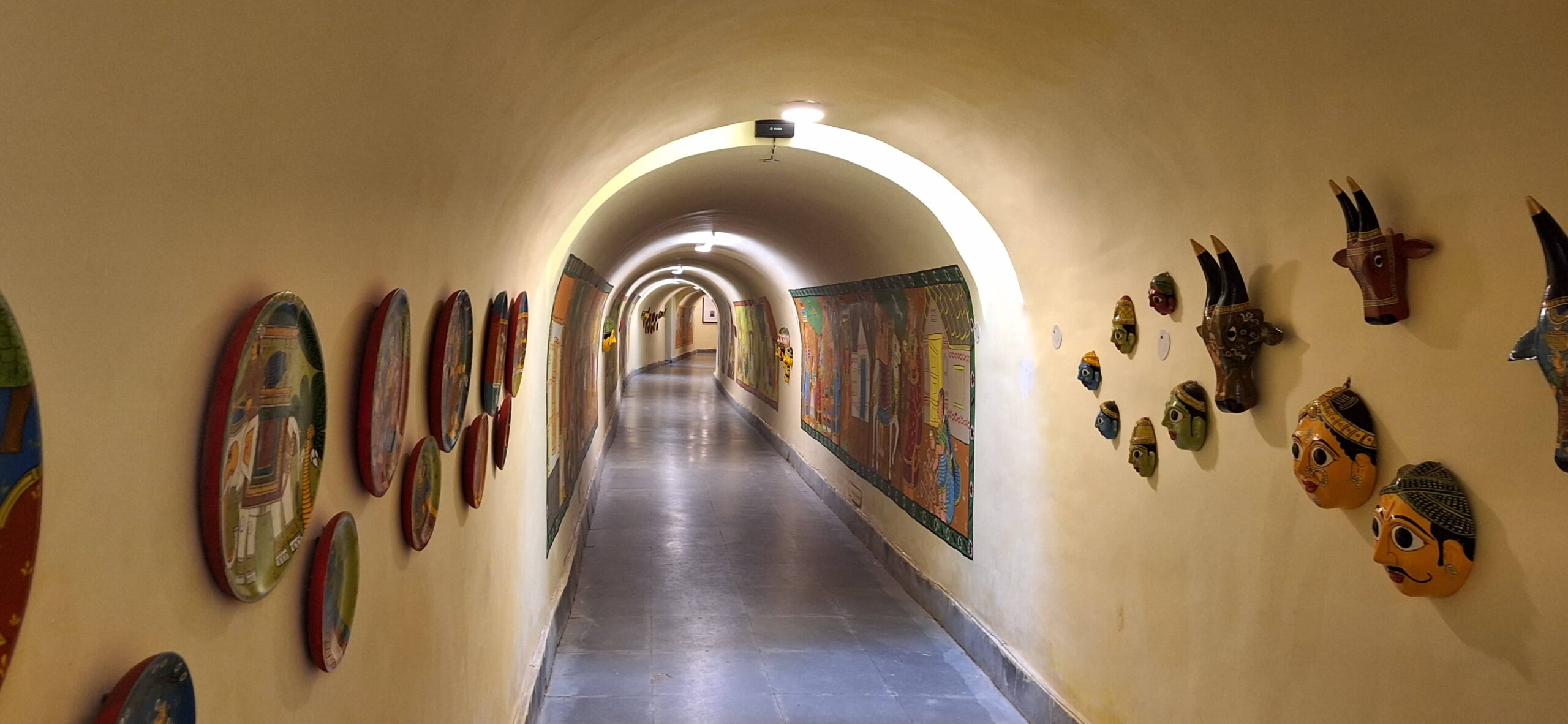
Our next stop on this fascinating tour of Rashtrapati Nilayam is the Kitchen Tunnel, the main attraction that piqued my curiosity from the beginning. I was relieved to learn that photography was allowed here, although videos were not permitted.
The Kitchen Tunnel is truly a marvel, stretching for more than 165 feet in length. What makes this tunnel truly exceptional are the numerous Cheriyal paintings adorning its walls. These remarkable artworks are the creations of the villagers of Cheriyal, a village located 90 kilometres from Hyderabad. The paintings serve as a visual storytelling medium, narrating the cultural tales and traditions that are deeply rooted in our heritage. From the vibrant colours of the Bathukamma festival to the festivities of Sankranti, these paintings breathe life into the stories of our culture.
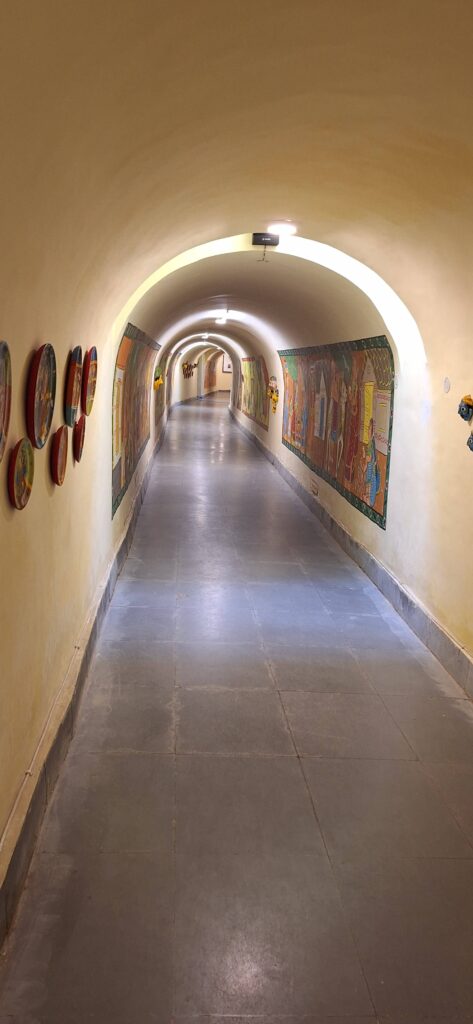

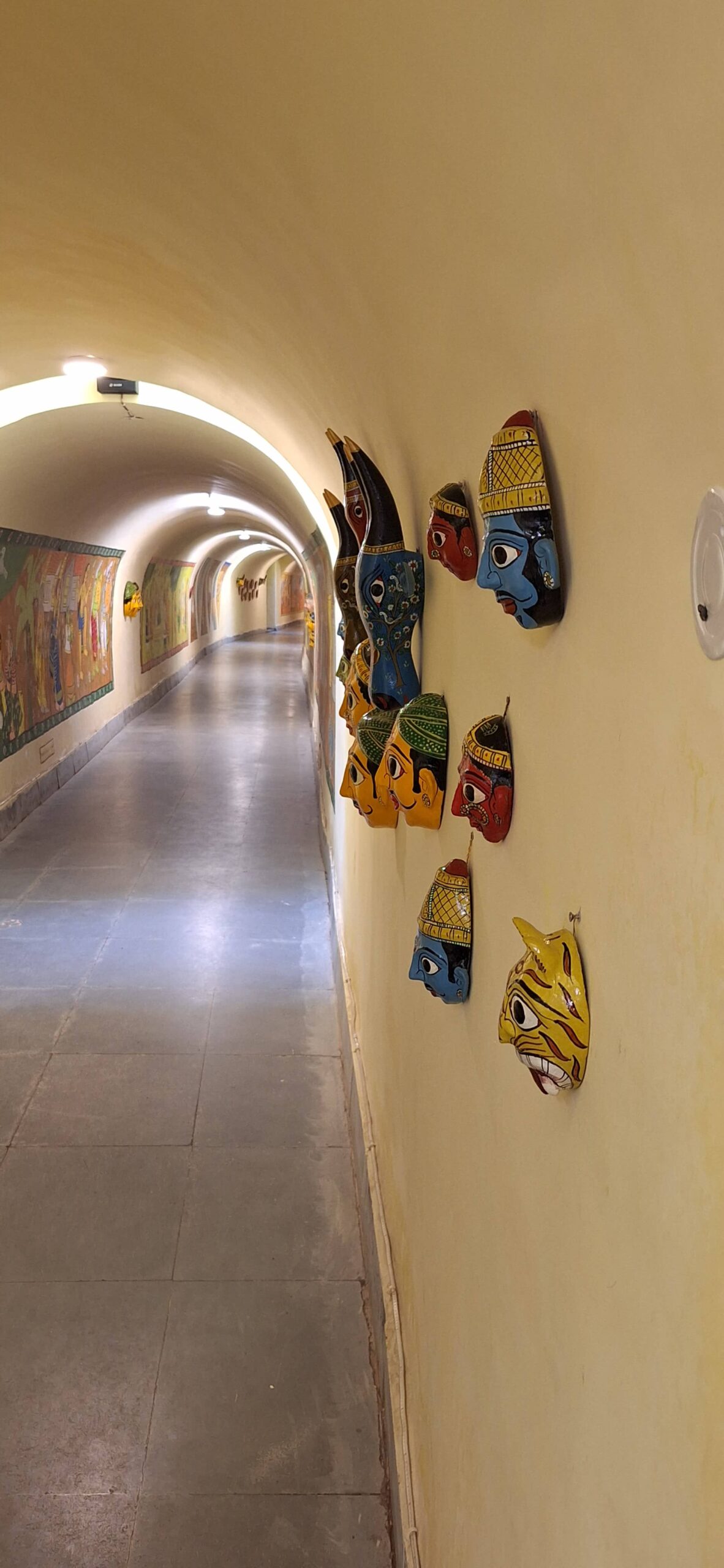
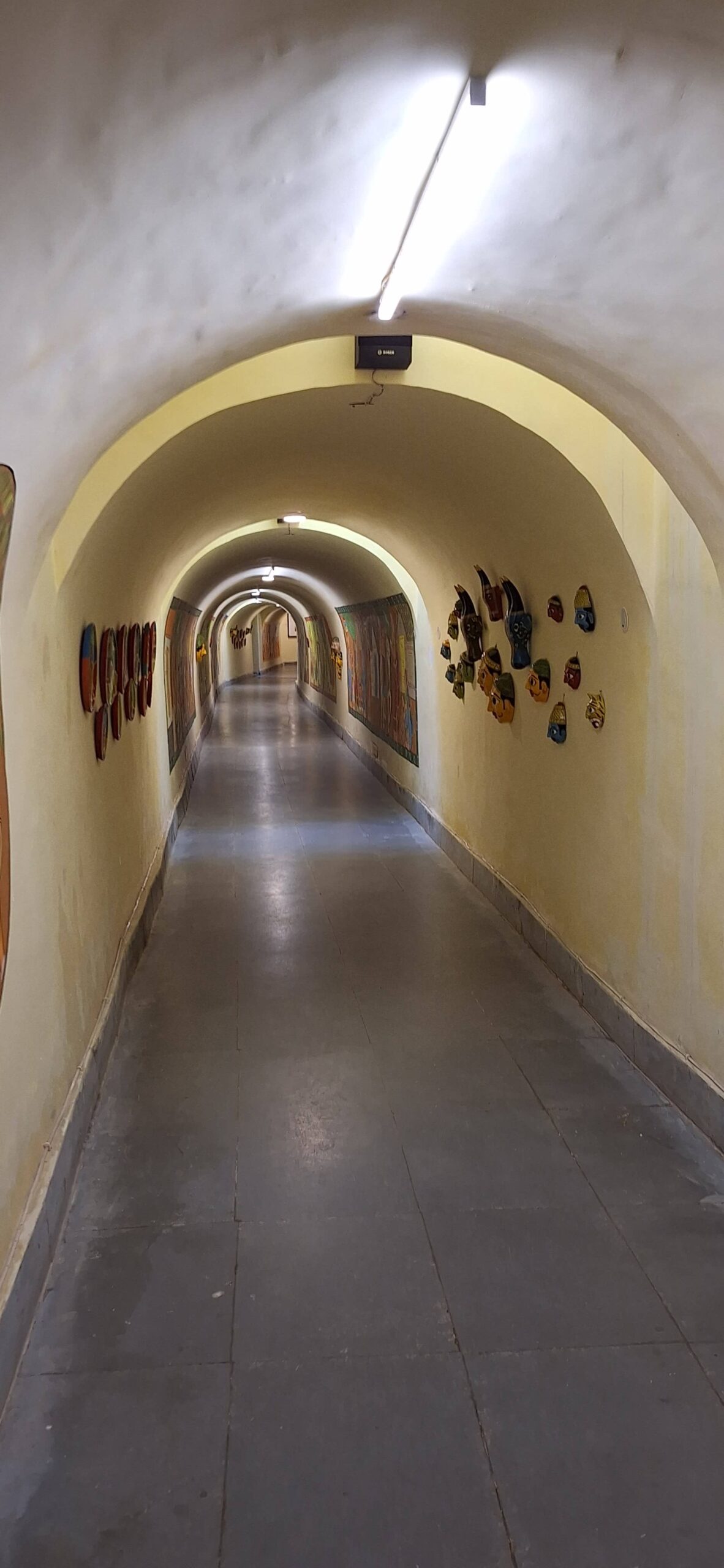
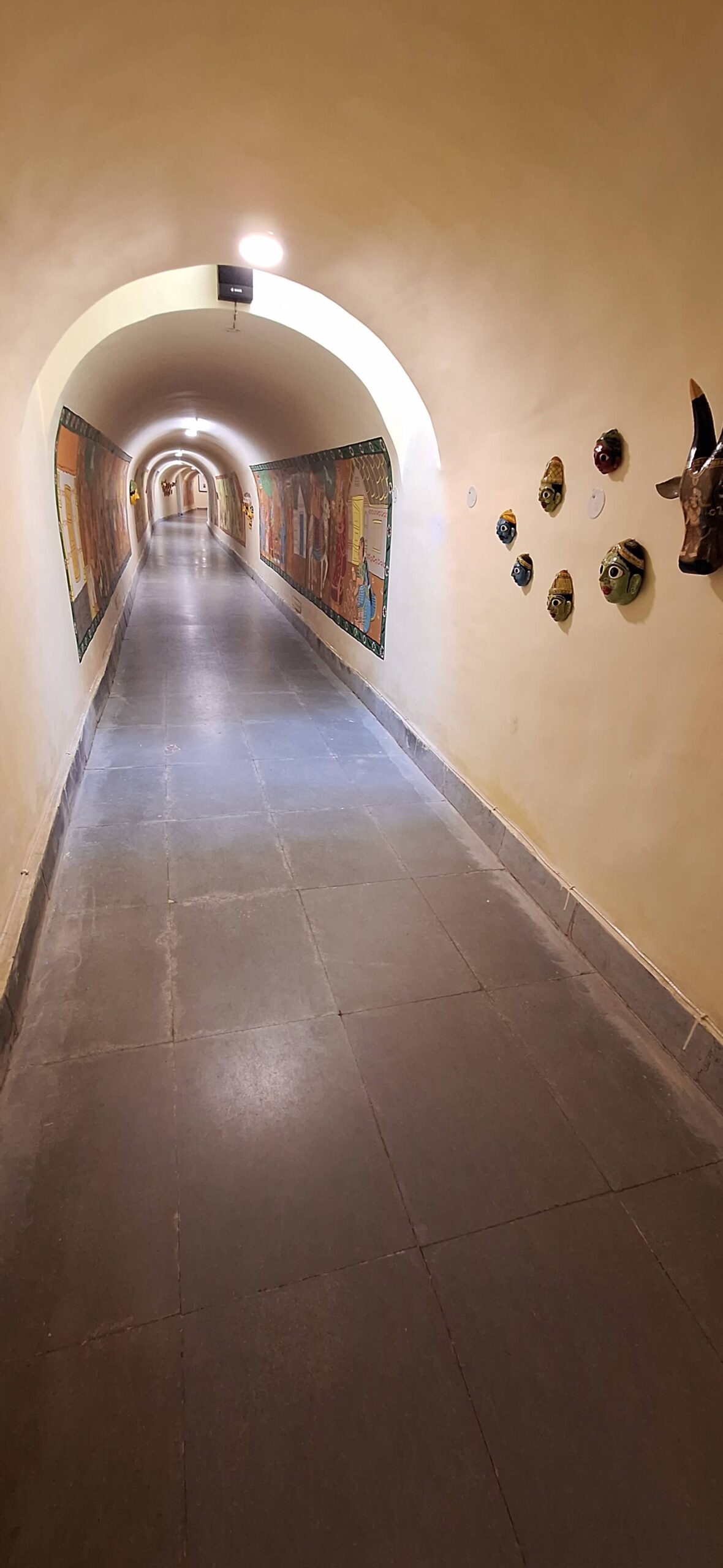
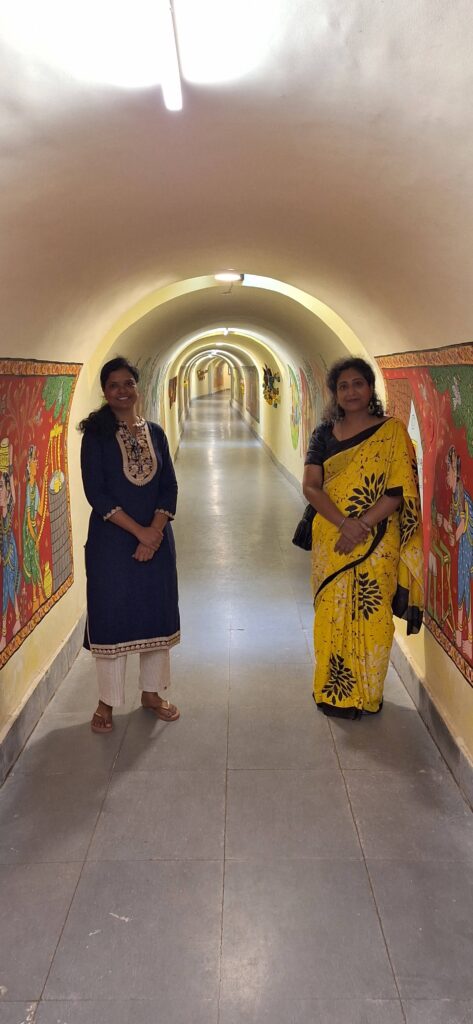
The history of the Kitchen Tunnel dates back to 1850, during the rule of the Nizams. The Nizam administration was keen on ensuring the safety of the food served to the royal family and important guests. To prevent any possibility of contamination or tampering by outsiders, this ingenious secret tunnel was constructed.
The tunnel served a crucial purpose in maintaining the integrity of the meals prepared in the kitchen. It provided a discreet passageway for transporting food directly from the kitchen to the dining table in the main building, ensuring that it remained untouched and untainted. The direct connection between the tunnel and the main building’s dining room showcases the meticulous planning and attention to detail that went into its construction.
As I stood amidst the Cheriyal paintings, I couldn’t help but marvel at the historical significance and artistic beauty that surrounded me. The tunnel not only represents a bygone era of ingenuity but also stands as a testament to the rich cultural tapestry of Hyderabad.
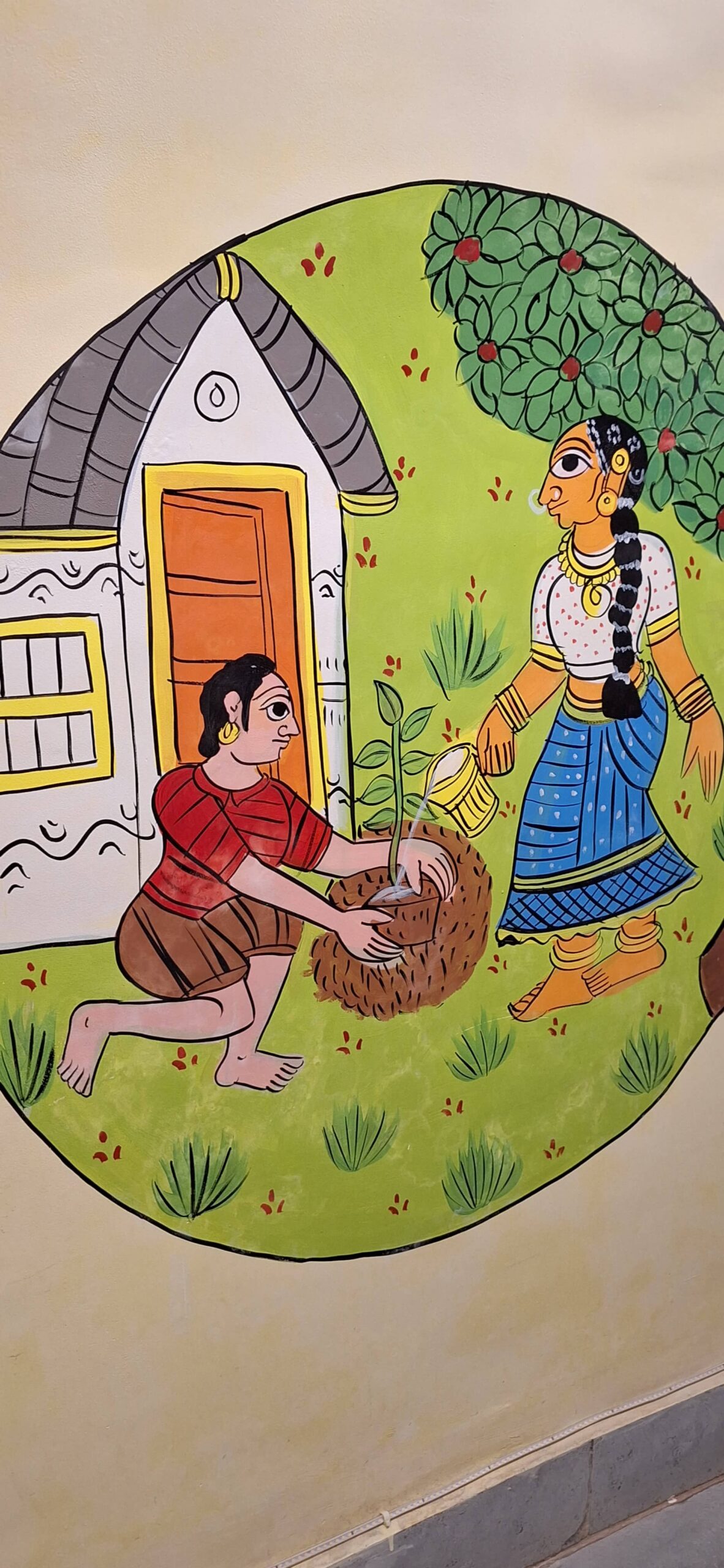
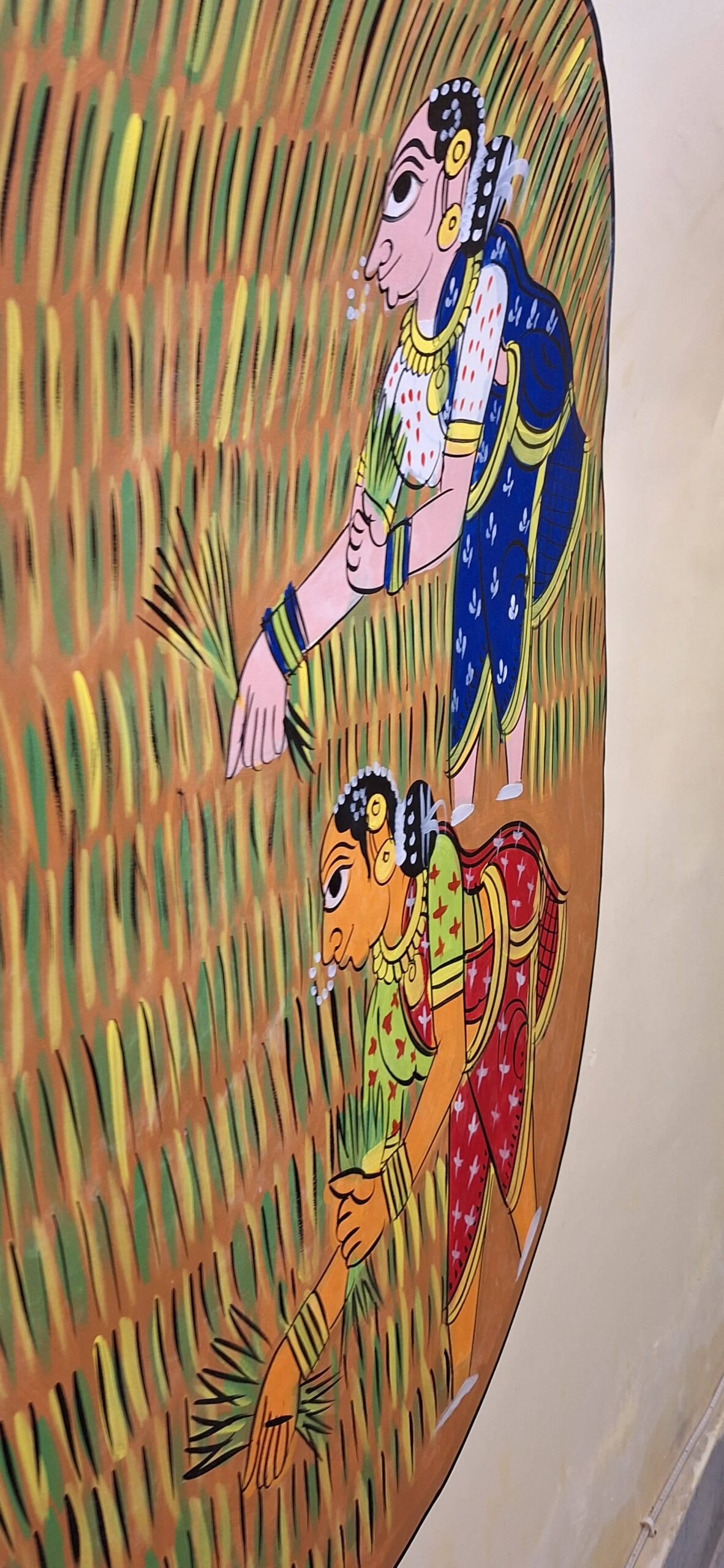
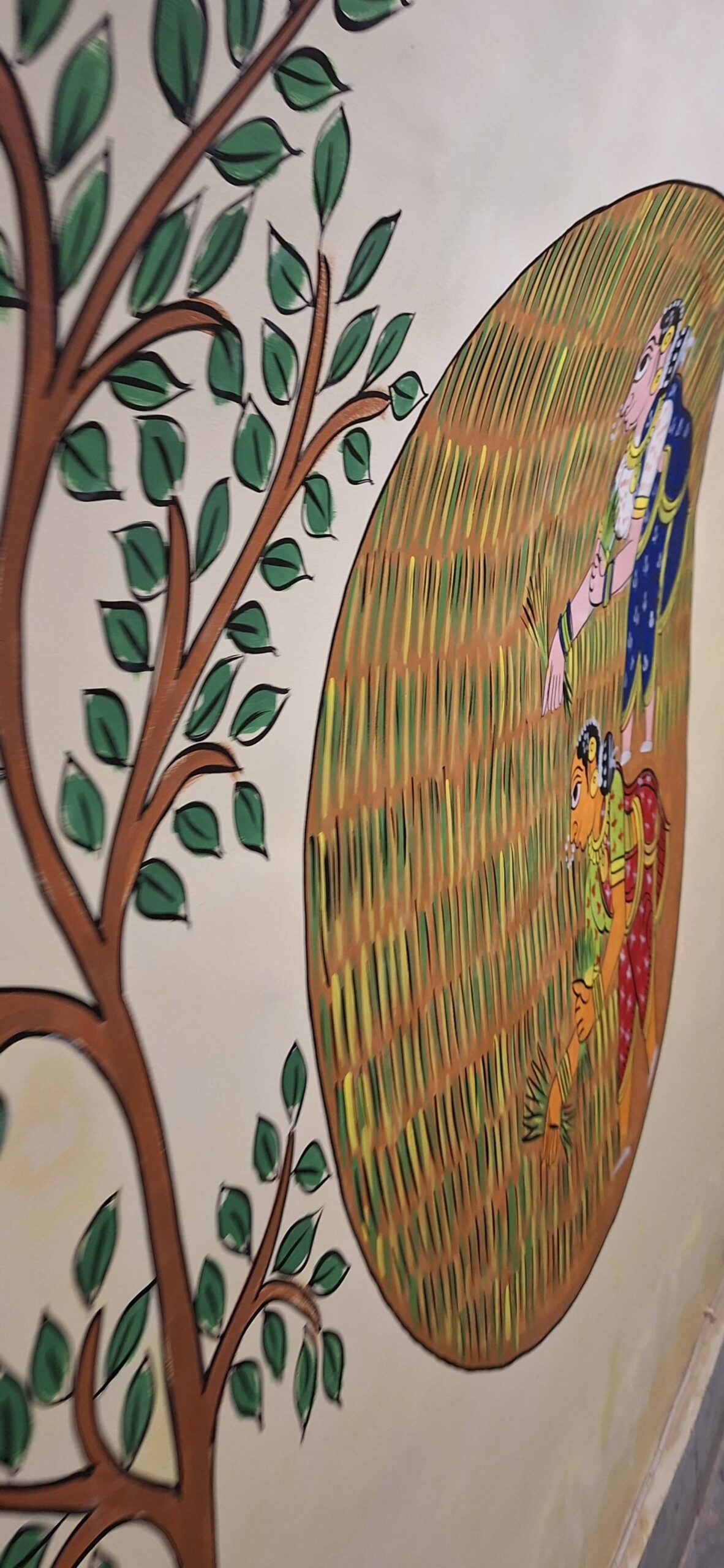
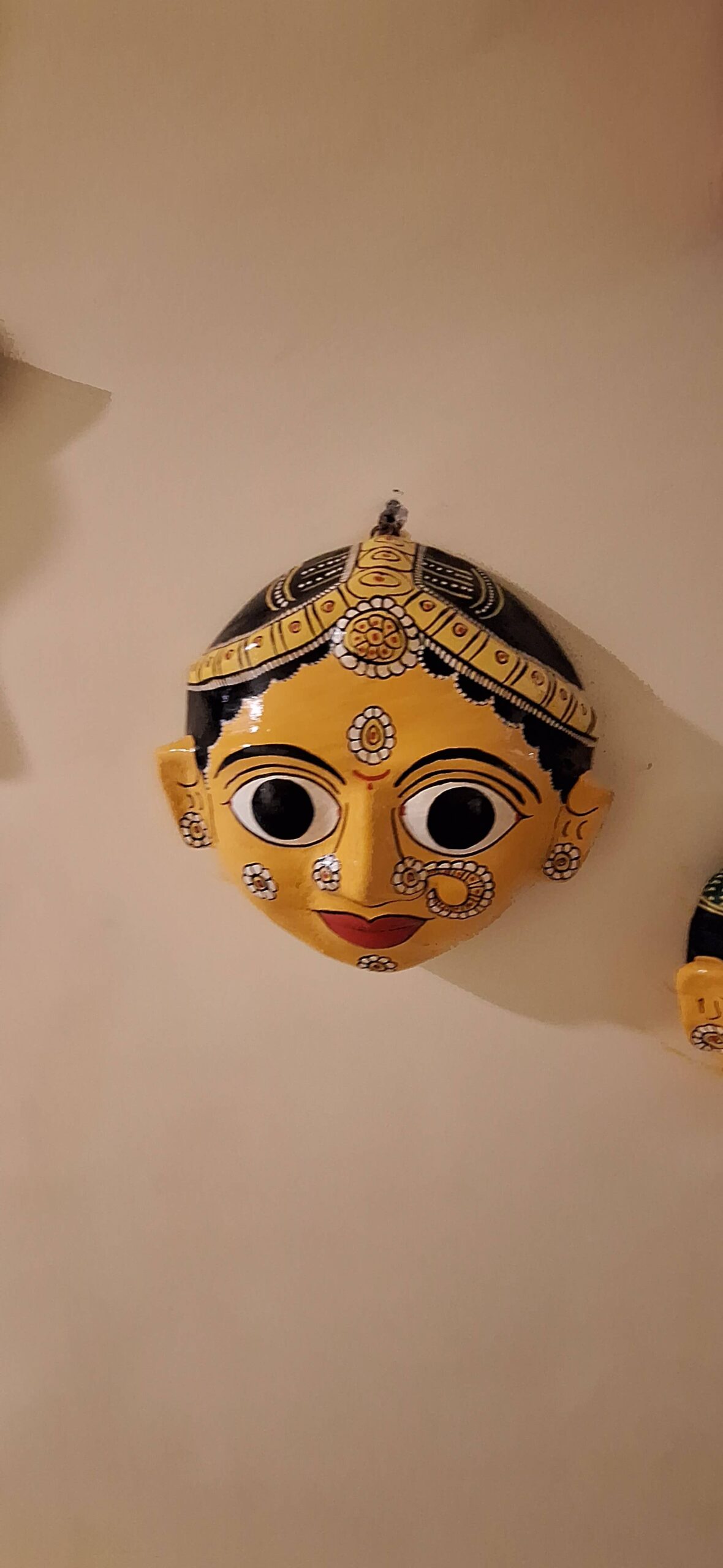
In conclusion, the Kitchen Tunnel of Rashtrapati Nilayam is a hidden gem that offers a unique glimpse into the history, culture, and innovation of Hyderabad. Its Cheriyal paintings bring to life the vibrant stories of our heritage, making it a must-visit attraction for anyone looking to delve deeper into the rich tapestry of our past.
Please note that the Kitchen Tunnel is a historical site, and visitors are encouraged to respect its preservation and history during their visit.
Herbal Garden:
Our next destination on this whirlwind tour of Rashtrapati Nilayam is the Herbal Garden, a place of natural wonder and healing. Here, you can encounter a diverse array of medicinal plants, including various types of Tulasi plants, Neredu, Pasupu, Naagavalli, and more.
The Herbal Garden is a treasure trove of nature’s pharmacy, where you can explore the incredible world of plants with healing properties. These plants have been used for generations to treat various ailments and promote overall well-being.
However, our visit was a bit rushed due to time constraints. We had booked our slot for 4 p.m., and Rashtrapati Nilayam was set to close at 5 p.m. With so much to see and experience, we found ourselves on a mission to cover all the buildings and gardens in the limited time we had.
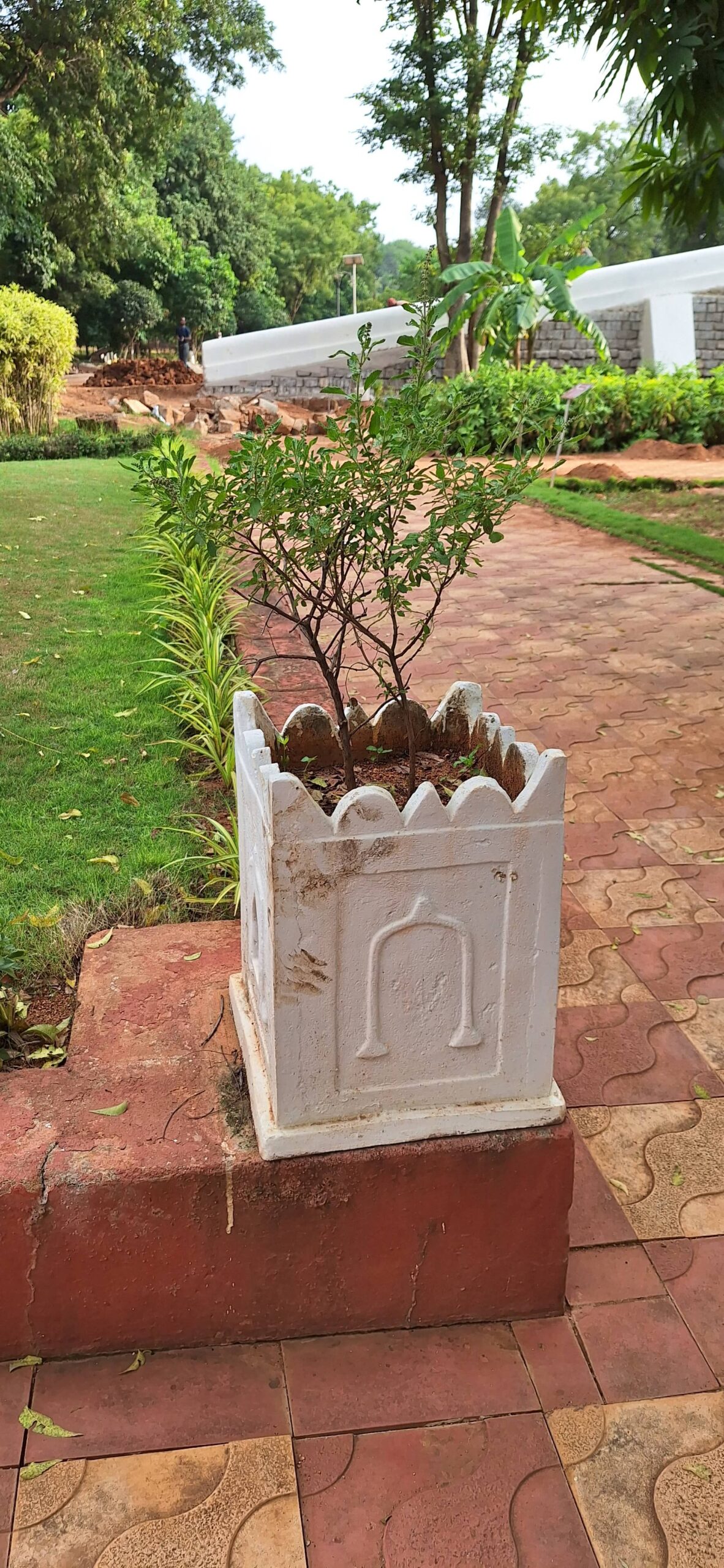
Despite the time crunch, the herbal garden left a lasting impression. It served as a reminder of the importance of preserving nature’s gifts and the wealth of knowledge that traditional herbal practices hold. While we couldn’t explore every plant in detail, the glimpse we got into this natural sanctuary was both educational and inspiring.
As we hurriedly moved from one attraction to another, it became evident that Rashtrapati Nilayam is a place of immense historical, cultural, and natural significance. The blend of architecture, art, history, and nature creates an experience that is both enriching and awe-inspiring.
While our visit was somewhat hurried, it only deepened my appreciation for the beauty and heritage of Rashtrapati Nilayam. It left me with a desire to return someday and explore its treasures at a more leisurely pace.
In conclusion, the Herbal Garden at Rashtrapati Nilayam is a hidden gem where nature’s healing power shines. It’s a place that invites reflection on our relationship with the natural world and the wisdom of traditional herbal practices.
Rock Garden:
Our next stop on our Rashtrapati Nilayam adventure is the Rock Garden, a charming oasis tucked away within the estate. As the name suggests, this garden features three prominent rocks that lend it its distinctive identity.
While the garden may be small in size, it boasts a unique character. The centrepiece is a graceful fountain, lending a soothing ambience to the surroundings. Adding to the charm are the sculptures of deer and tigers, which subtly blend into the natural landscape.
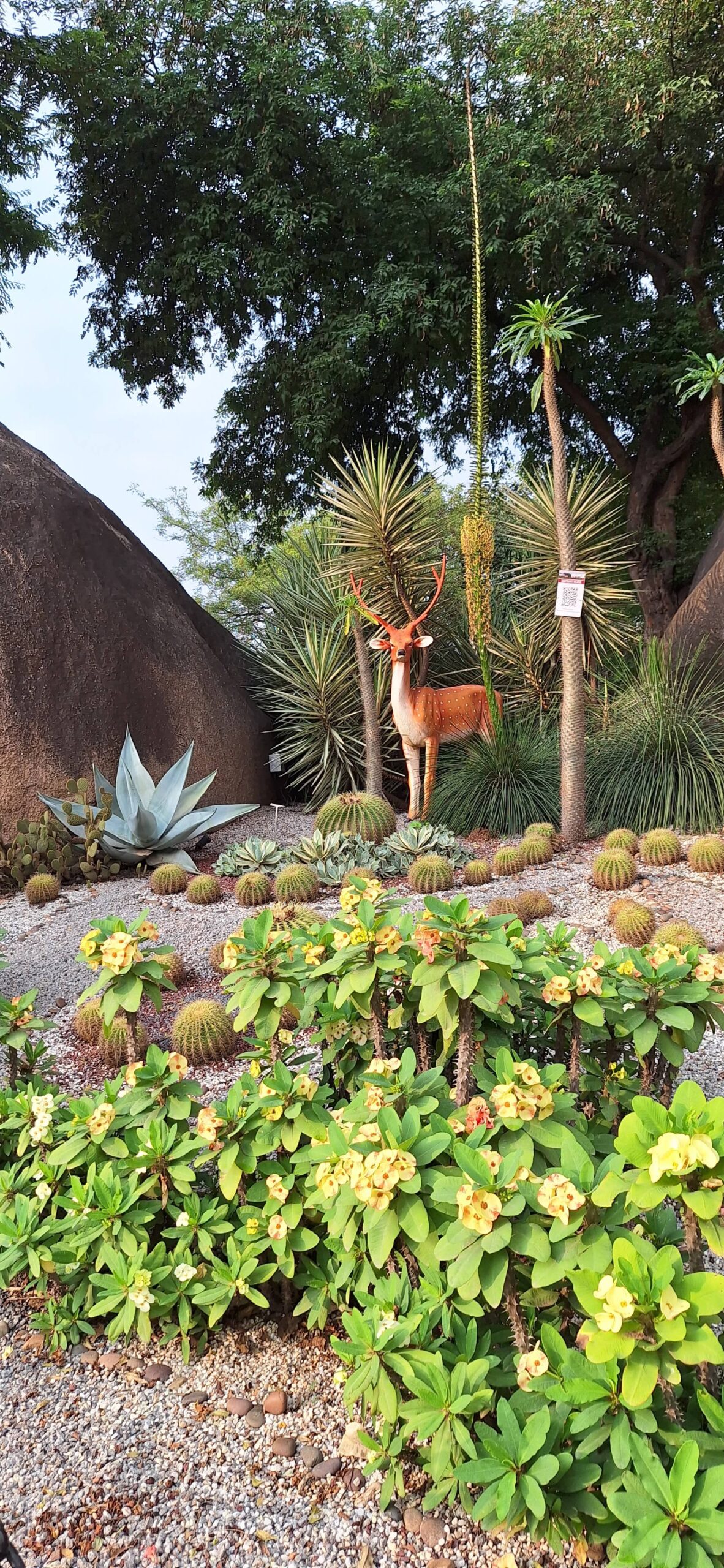
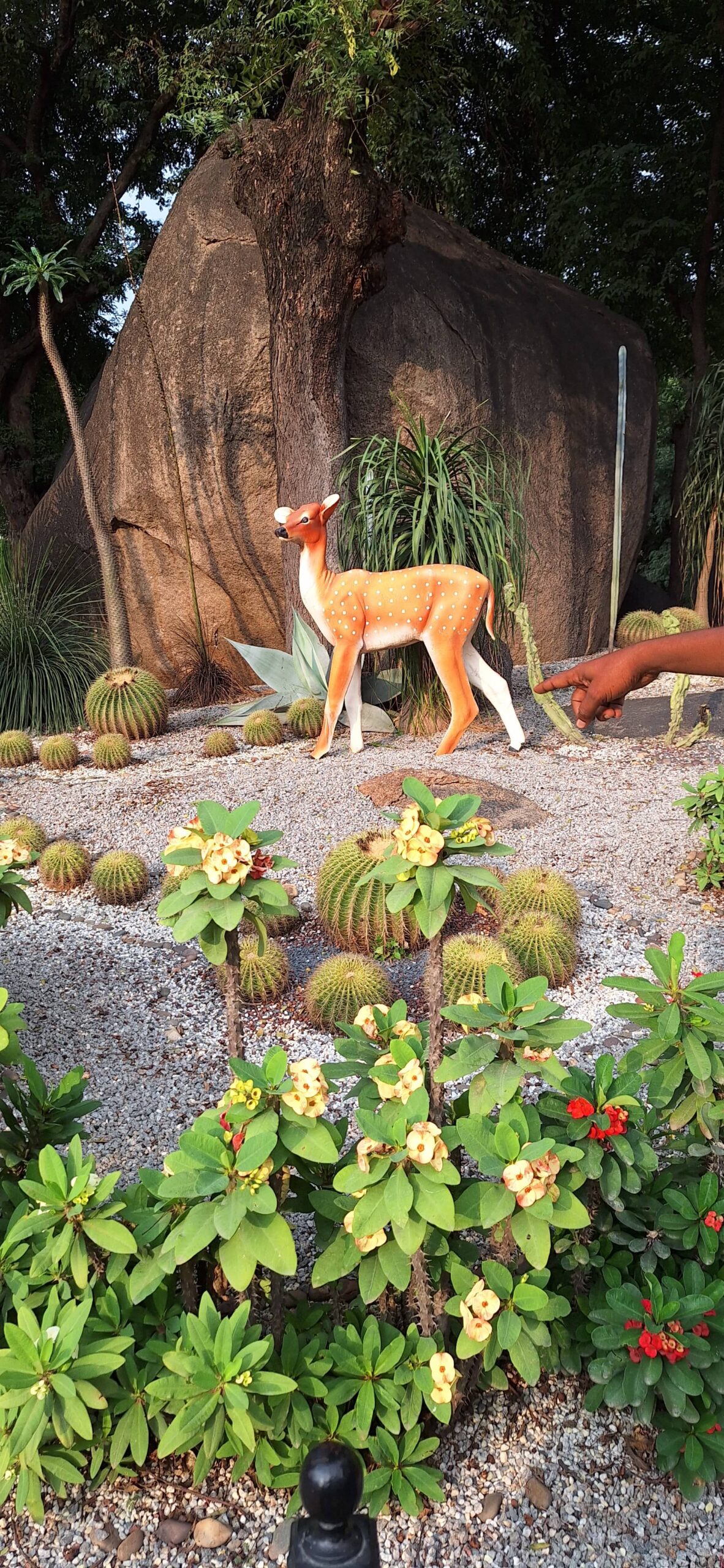
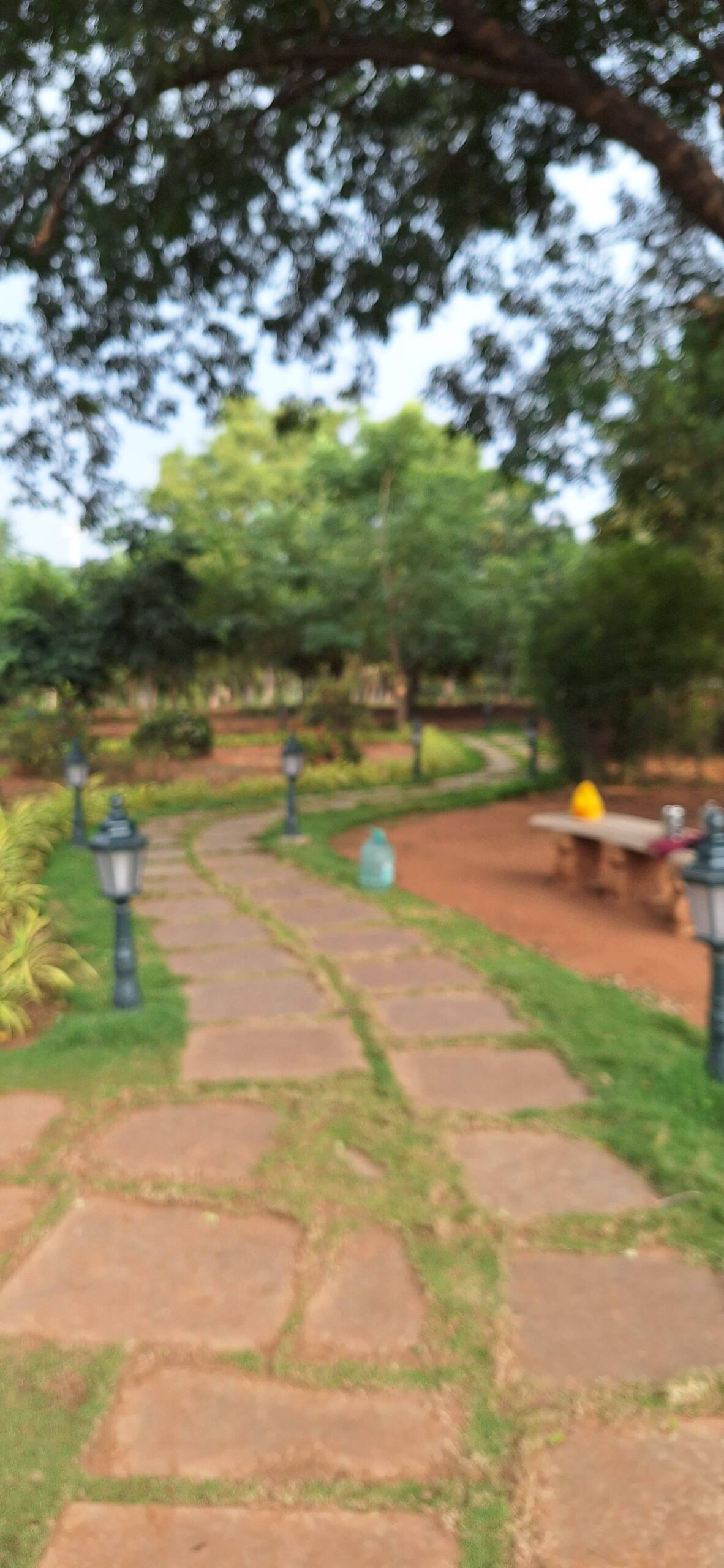
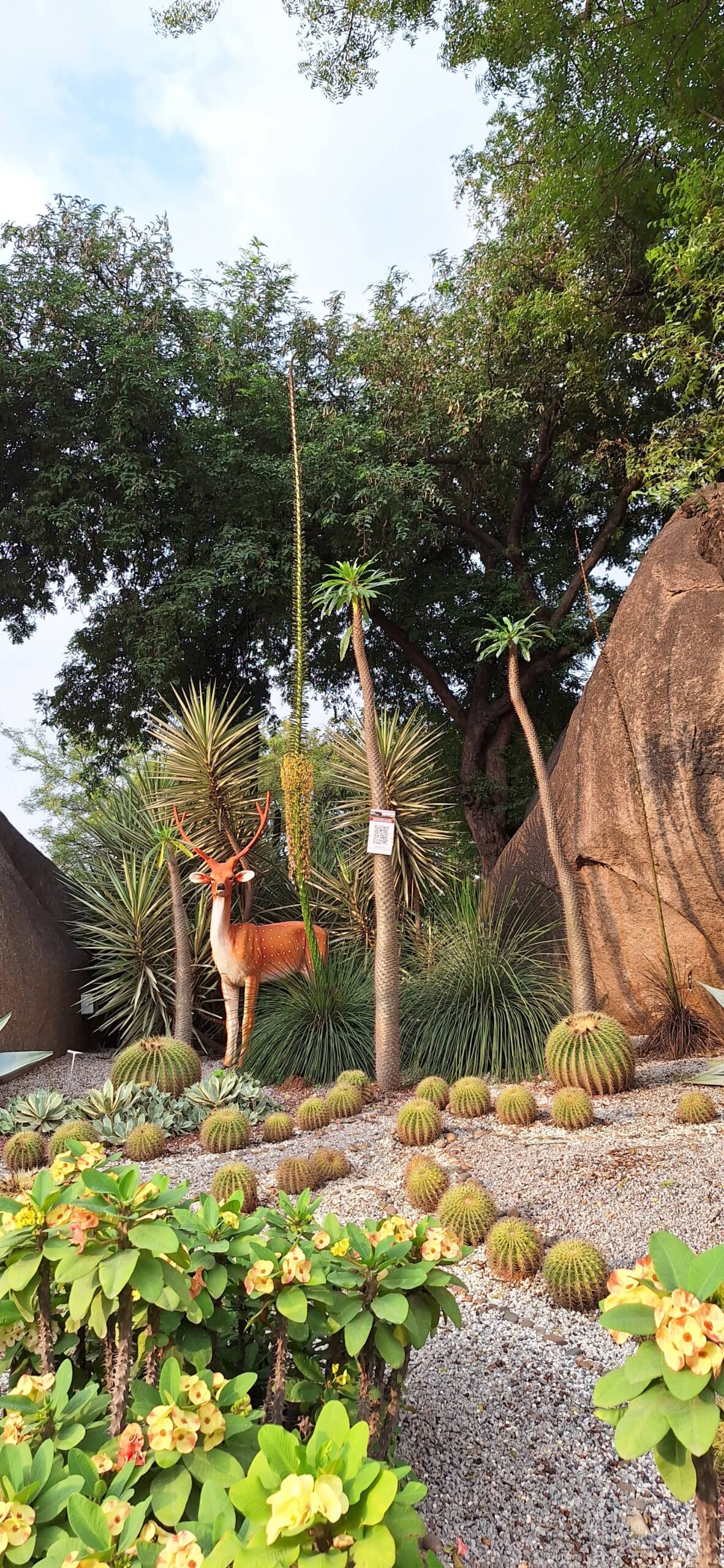
However, what truly caught my eye and captivated my senses in the Rock Garden were the stunning varieties of cacti. These remarkable plants, with their intricate shapes and resilient nature, showcased the diversity of life that can thrive in even the most challenging environments. The juxtaposition of lush greenery against the rugged backdrop of rocks created a striking visual contrast.
With a sense of wonder and admiration for the beauty of nature, we moved on to our next destination—Nakshatra Garden.
Nakshatra Garden:
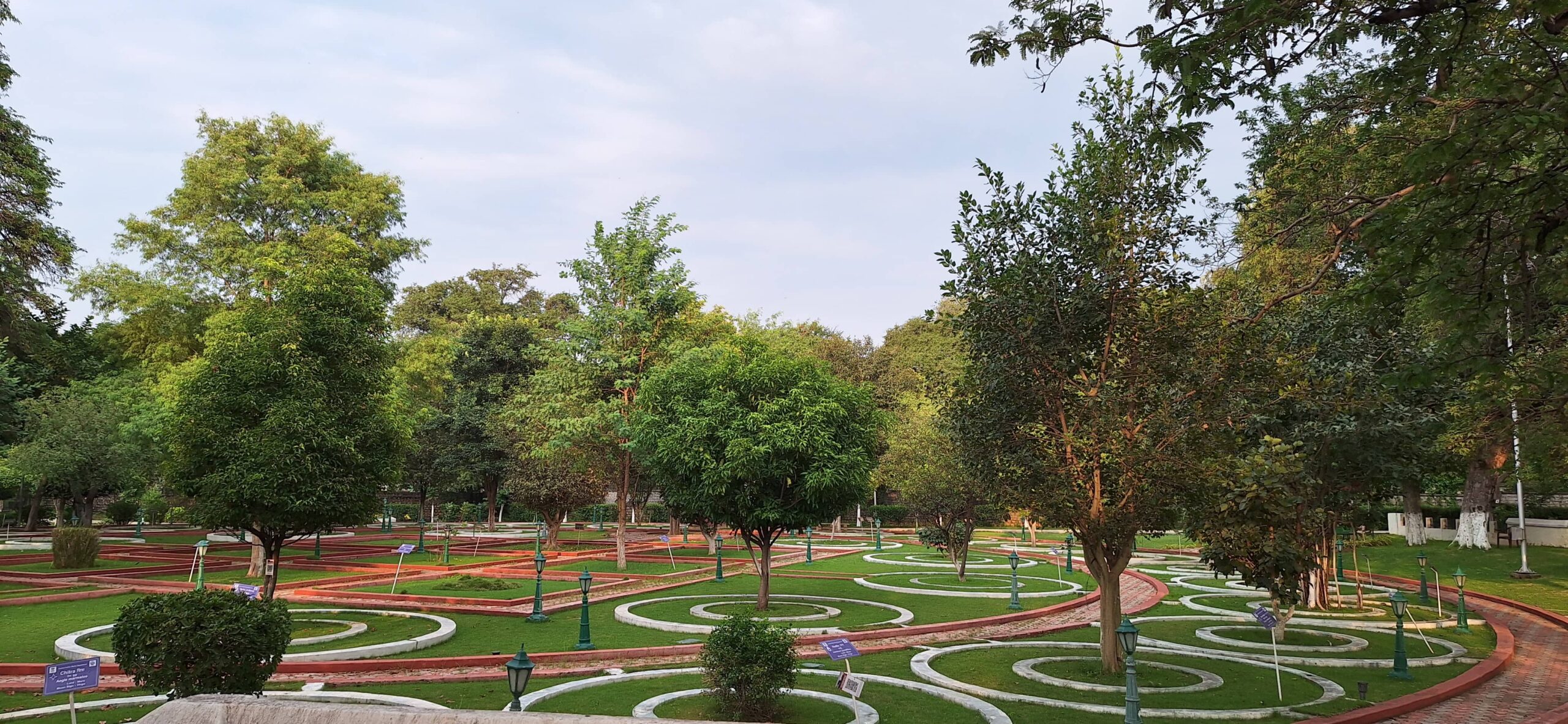
Our quest to explore the Nakshatra Garden at Rashtrapati Nilayam was a bit of an adventure in itself. After leaving the Rock Garden, we realized that it was almost 5 PM, and the closing time was approaching fast. Determined to find the Nakshatra Garden, we ventured forth without a guide, relying on our instincts and curiosity.
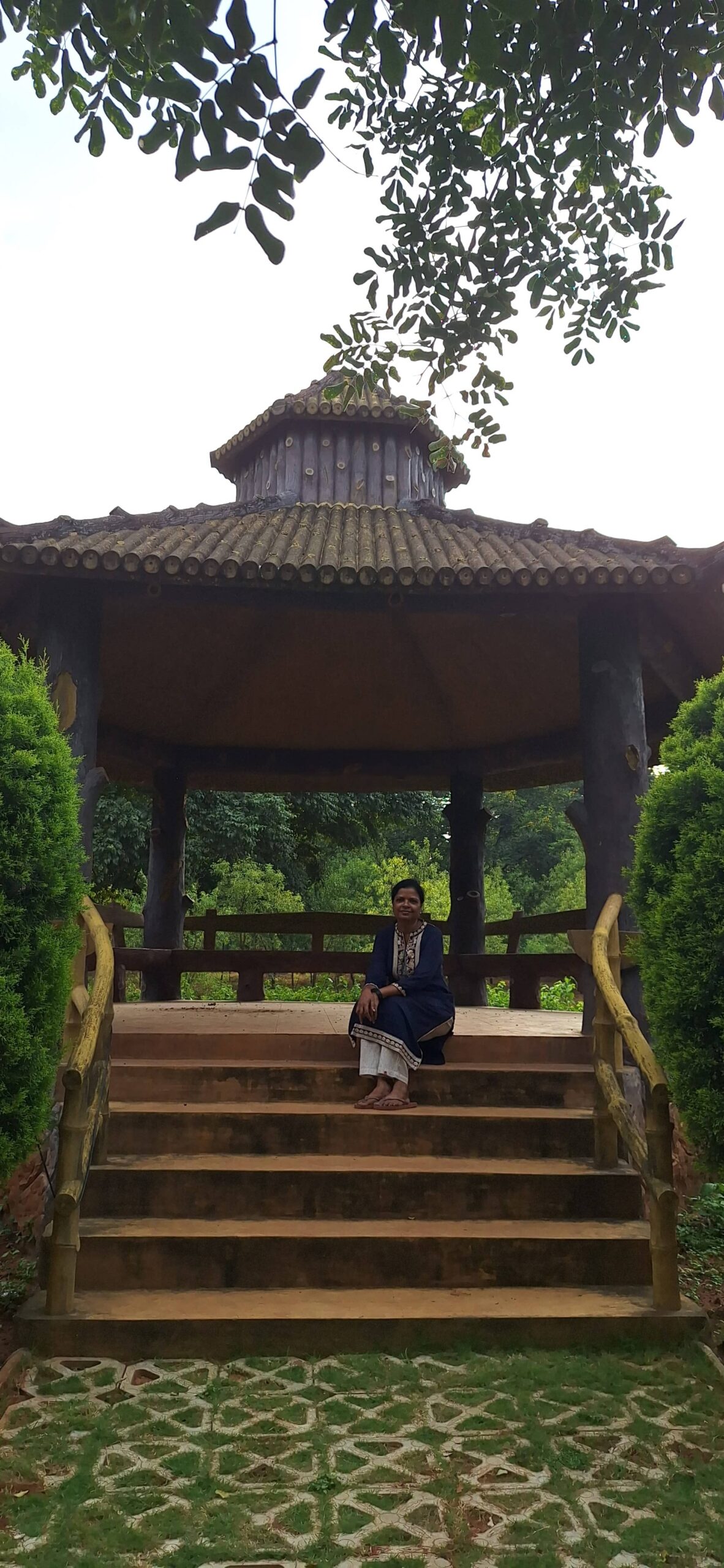
As we strolled through the estate in search of this elusive garden, we found ourselves in a bit of a humorous situation. There was a certain level of uncertainty in our quest, and at times, it felt like we were walking in circles. Laughter ensued as we contemplated whether we had, in fact, come across the Nakshatra Garden or if it had eluded us entirely.
Eventually, our journey led us to the exit of Rashtrapati Nilayam, where we stumbled upon a closed cafeteria. The timing wasn’t in our favour, as it was now 5 PM, and they had shut shop for the day. However, there was a silver lining in our discovery—the washrooms were still open, providing some much-needed relief.
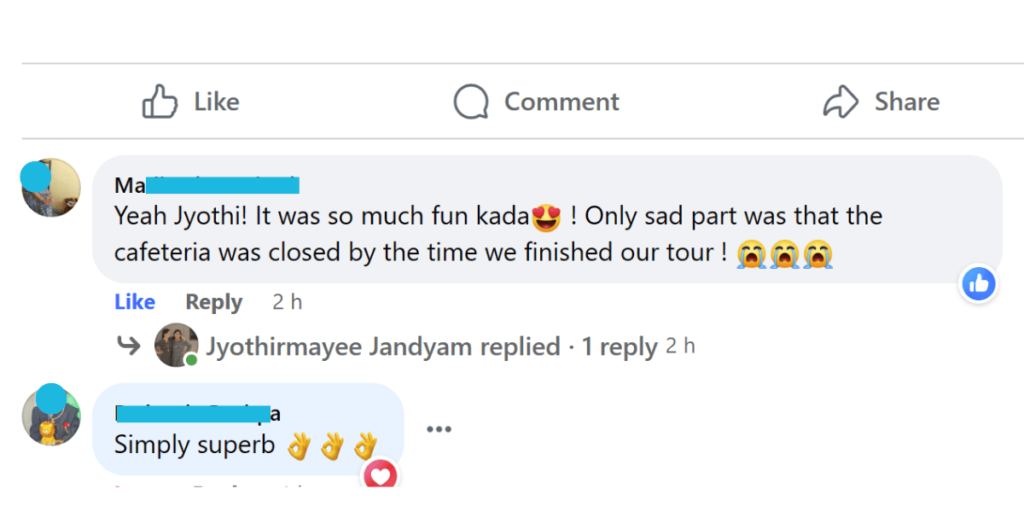
A Glimpse into History
Rashtrapati Nilayam holds a rich history dating back to its original construction in 1950 by Nizam Nazir Ud Dowla.
At its inception, it bore the name “Residency House.”
This historical structure, initially conceived and built by the Nizam of Hyderabad, has since evolved into the prestigious and iconic Rashtrapati Nilayam, serving as a significant residence for the President of India during her annual visits in December.
Under Construction Attractions:
- Step Well: It was a bit disappointing that I couldn’t explore the Step Well during my visit to Rashtrapati Nilayam. Unfortunately, it was undergoing renovation, and although I could see the work progressing, visitors were not permitted at that time.
The historical significance of the Step Well intrigued me. I learned that it was dug even before the construction of the main building, highlighting its deep connection to our heritage and culture. Step wells, in particular, hold a special place in our history, serving not only as sources of water but also as symbols of architectural brilliance and community gathering spaces.
Despite not being able to witness it firsthand, the presence of the Step Well at Rashtrapati Nilayam serves as a reminder of the layers of history and culture that enrich this magnificent estate. It’s a testament to the importance of preserving our heritage for generations to come.
- During my visit to Rashtrapati Nilayam, I came across a fascinating project in progress—a Maze Garden under construction. The guide informed us that once it was completed, tourists would be dropped off near the Maze Garden and left to find their way out on their own.
Naturally, I had a moment of concern and asked the guide, “What if someone like me can’t find their way out?” With a twinkle in his eye, the guide replied, “No need to worry! The closing time is at 5 PM, and if you haven’t found your way out by then, we’ll come to rescue you.” We all shared a laugh at the thought of being “rescued” from a maze garden.
It was a humorous exchange that added a touch of lightheartedness to our visit. The Maze Garden, once completed, promises to be an exciting and entertaining addition to Rashtrapati Nilayam, offering visitors a chance to test their navigation skills and have a bit of fun along the way.
As the construction continued, I couldn’t help but look forward to the day when I might return to Rashtrapati Nilayam and try my luck in the Maze Garden, with the knowledge that a friendly rescue team would be on standby just in case.
The Wonderful Experience
Immerse Yourself
A visit to Rashtrapati Nilayam is not just a touristy endeavour; it’s an opportunity to immerse yourself in the rich cultural tapestry of India. The serene surroundings and well-maintained gardens make it an ideal place for reflection and relaxation.
Family-Friendly
This destination is perfect for families, history enthusiasts, and anyone curious about India’s past and present. Children and adults alike will find something to appreciate and enjoy.
Conclusion
Rashtrapati Nilayam Bollaram offers a unique and enriching experience for all who visit. It’s a place where history comes alive, and where the vibrant culture of India and the charm of Hyderabad merge seamlessly. Don’t miss your chance to explore this hidden treasure.
FAQs
1. Is photography allowed inside Rashtrapati Nilayam?
Yes, photography is permitted in most areas of the complex, but there may be restrictions in certain sections.
2. Are guided tours available? Yes, guided tours are available without any additional charges. They provide valuable insights into the history and significance of Rashtrapati Nilayam.
3. What are the operating hours of Rashtrapati Nilayam? Rashtrapati Nilayam is usually open to visitors from morning until evening, i.e., from 10 a.m. to 5 p.m. but it’s advisable to check the official website for the most up-to-date information on timings.
4. Is there a dress code for visiting Rashtrapati Nilayam? While there is no strict dress code, it’s recommended to dress modestly out of respect for the cultural significance of the place.
5. Can I bring food and drinks inside Rashtrapati Nilayam? I don’t know
Get ready to embark on a journey through time and culture—visit Rashtrapati Nilayam Bollaram today!
Also read Historical Places in Hyderabad
